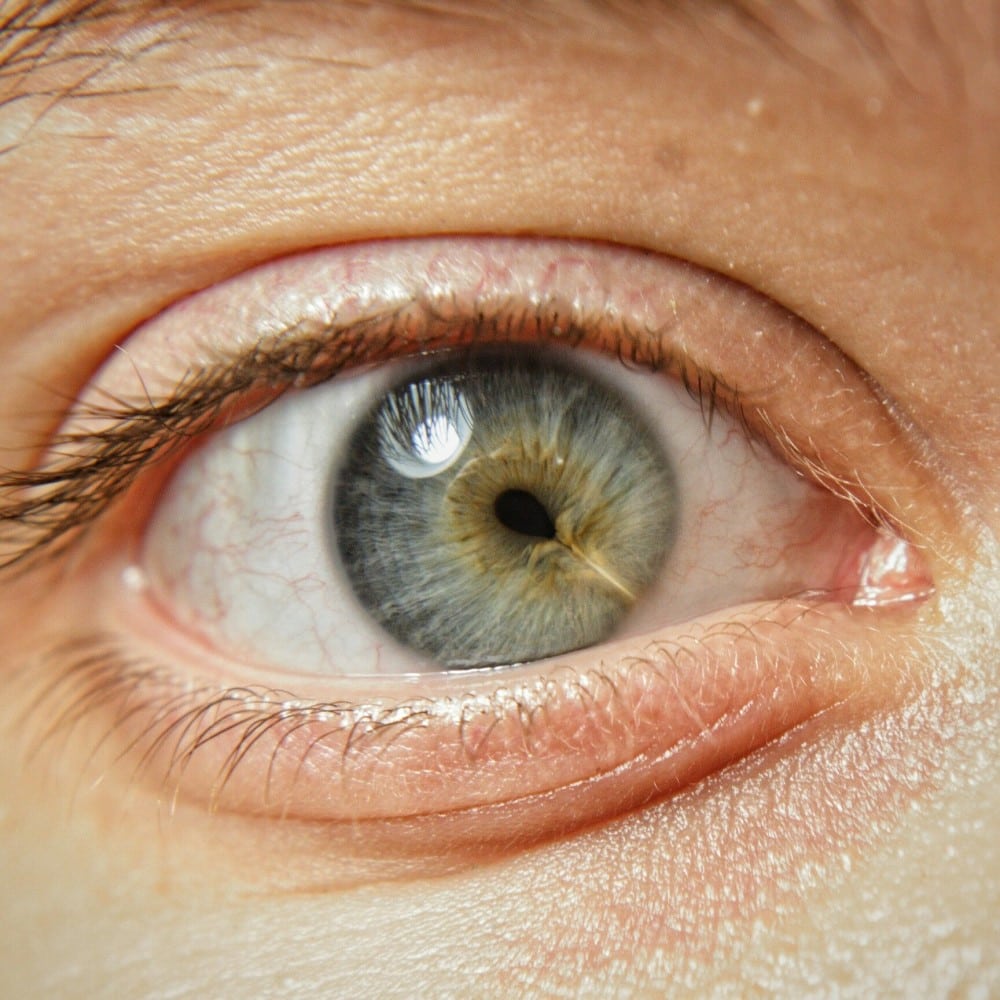
Beauty is a vague concept. While there was a set parameter for beauty at one point, we have come to challenge those superficial standards. We believe and accept that beauty comes in all different forms. In this article, we celebrate 40+ fascinating body features we may only see once in our lifetime.
Freckles
We often see models and aspire to be just as beautiful as them. The definition of beauty in the fashion industry used to be extremely narrow, and standards were super high. However, with time, people have accepted all different forms of beauty. Alice Wilson is a model of one such instance.
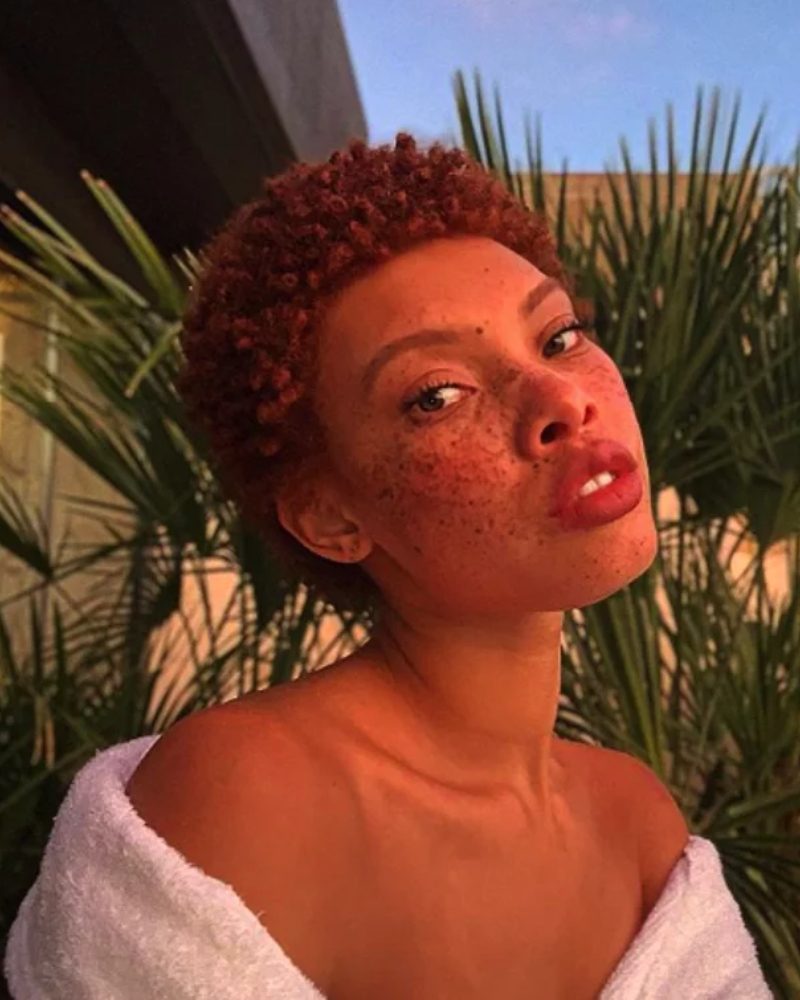
Wilson’s face is covered with beautiful freckles. And although she has brown eyes, she likes to wear one blue contact lens to show the world that beauty is all about imperfection. Because of her stunning appearance, she quickly caught the eye of several fashion elites. Today, she’s one of the most promising models.
Dwarfism
Achondroplasia is the most common type of dwarfism. Achondroplasia is a genetic condition that affects about one in 15,000 to one in 40,000 people. Dru Presta here, a fashion model and social media influencer, was born with a form of dwarfism. She is three feet, four inches.

This 24-year-old is breaking all sorts of records with her fashion sense. Now a fashion designer and brand owner, Dru proves that fashion and beauty come in all shapes and sizes! Work it, girl!
Facial Discoloration
Vitiligo is a long-term condition in which pale white patches develop on the skin. It’s caused by the lack of melanin, which is the pigment in skin. This man here posted a picture showcasing his vitiligo face patch. While most people have patches all over their body, this man only has a vitiligo patch on one side of his face.
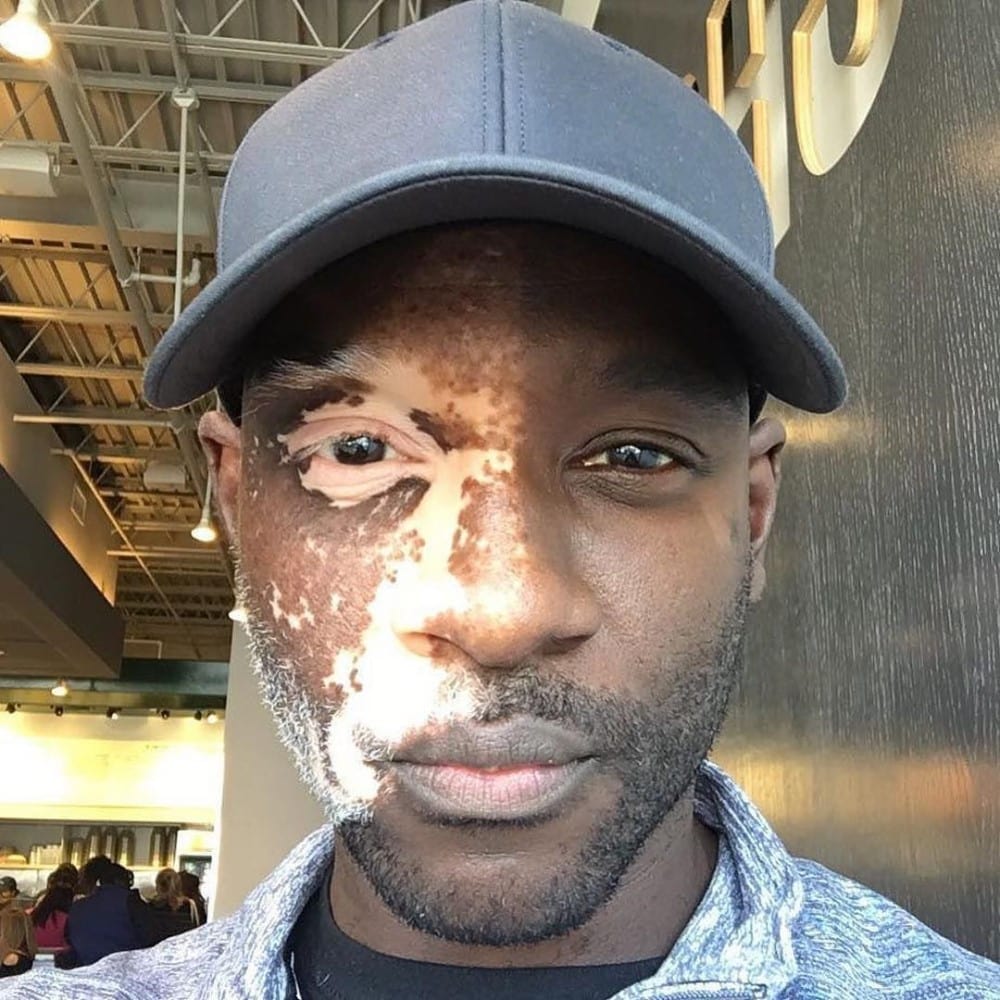
The right side of his face is affected although the left is not. Nevertheless, there’s absolutely no denying the beauty of this man’s face, and we’re glad that he’s embracing it!
6’8″
Meet 25-year-old Elisany da Cruz Silva. A Brazil native, Elisany has a form of gigantism caused by a tumor on her pituitary gland, which regulates growth. Doctors have since removed the tumor. Her height was 6’8″ when she was only 17 years old.
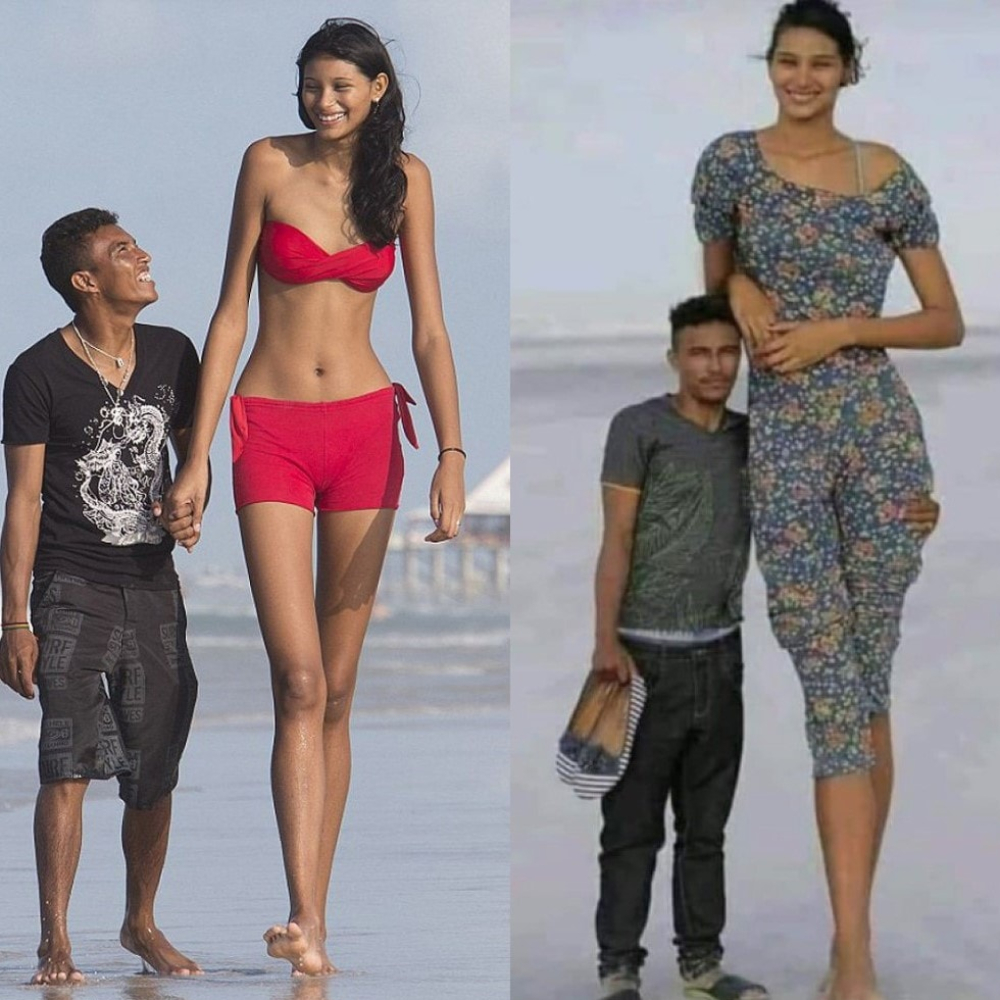
Her height does become a bit of a challenge when it comes to choosing a bed, hopping on the elevator, or getting into a car. However, it doesn’t take away from her beauty. Her unique height is what makes her that much more beautiful.
Vitiligo
As we mentioned before, vitiligo is a condition in which the skin loses its pigment cells known as melanocytes. This results in discolored patches of skin on the body. There are different kinds of vitiligo. Over time, we have seen people embrace their vitiligo.

The most notable name that comes to mind is Winnie Harlow. The model showed the world just how beautiful vitiligo is. The whole world has since admired her unique beauty — and we applaud her courage for embracing it.
Long Legs
Whether you’re short or tall, there’s no denying that we all yearn for those beautiful long legs that you can strut your stuff with. Then again, we all want what we don’t have. A Scandinavian model named Östergren rose to prominence thanks to her long legs. Standing tall at 155 centimeters, Östergren’s legs have a total length of 106 centimeters.

Now, while that all sounds fine and dandy, the model actually faced tons of ridicule throughout her life. Luckily, the Swedish model has learned to embrace them. Today, she’s a bodybuilder who’s working and thriving in her field.
Light Hair
Believe it or not but natural blondes are actually extremely rare. In fact, only two percent of people in the world are natural blondes. This means that about one in 20 Americans are natural blondes. The blonde hair is caused by a pigment called eumelanin.

Still, that doesn’t mean that blonde hair isn’t popular. Unsurprisingly, one in three women dye their locks light enough to be considered blonde when, in reality, only 16% of the adult population has naturally blond hair.
Bee Melvnin
Bee Melvnin is a model who has captivated people all over the globe with her unique and beautiful features. She truly resembles a goddess, and that she is!
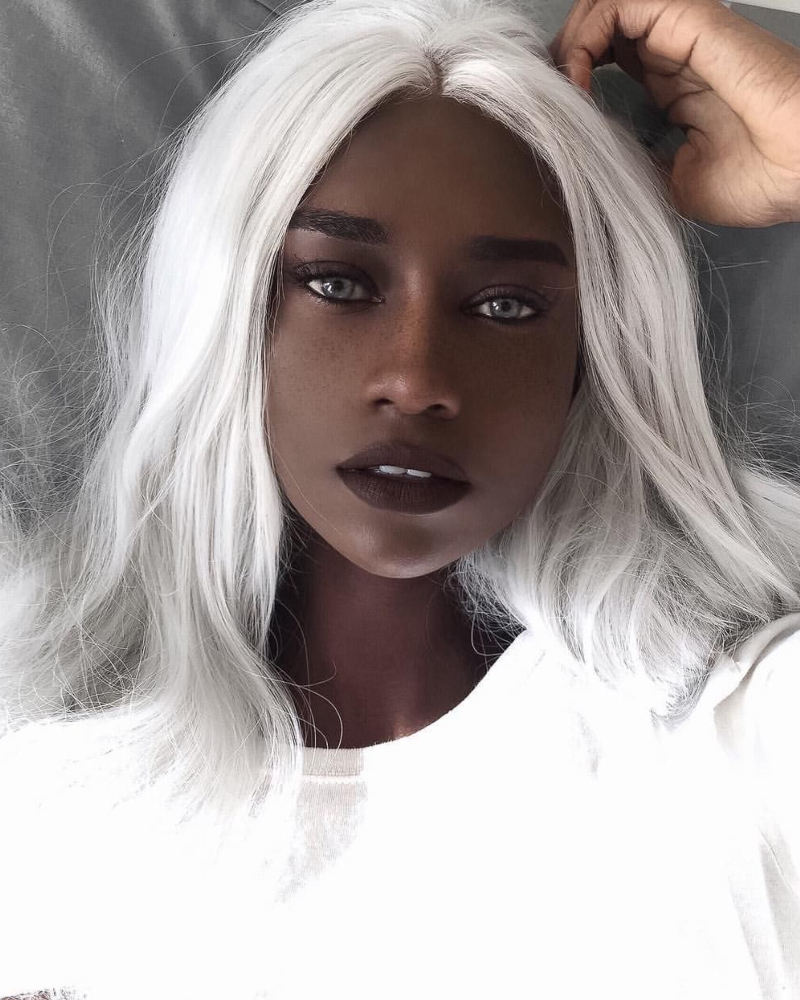
She is from The Gambia, a country in West Africa. People can’t decide what’s more captivating — her hair, her skin, or her intoxicating eyes. Still, the most beautiful thing about her is how she embraces her unique features.
Heterochromia
The eyes are a magical creation. You can learn so much about a person just by looking into their eyes. Speaking of learning, why don’t we delve deeper into this next condition?
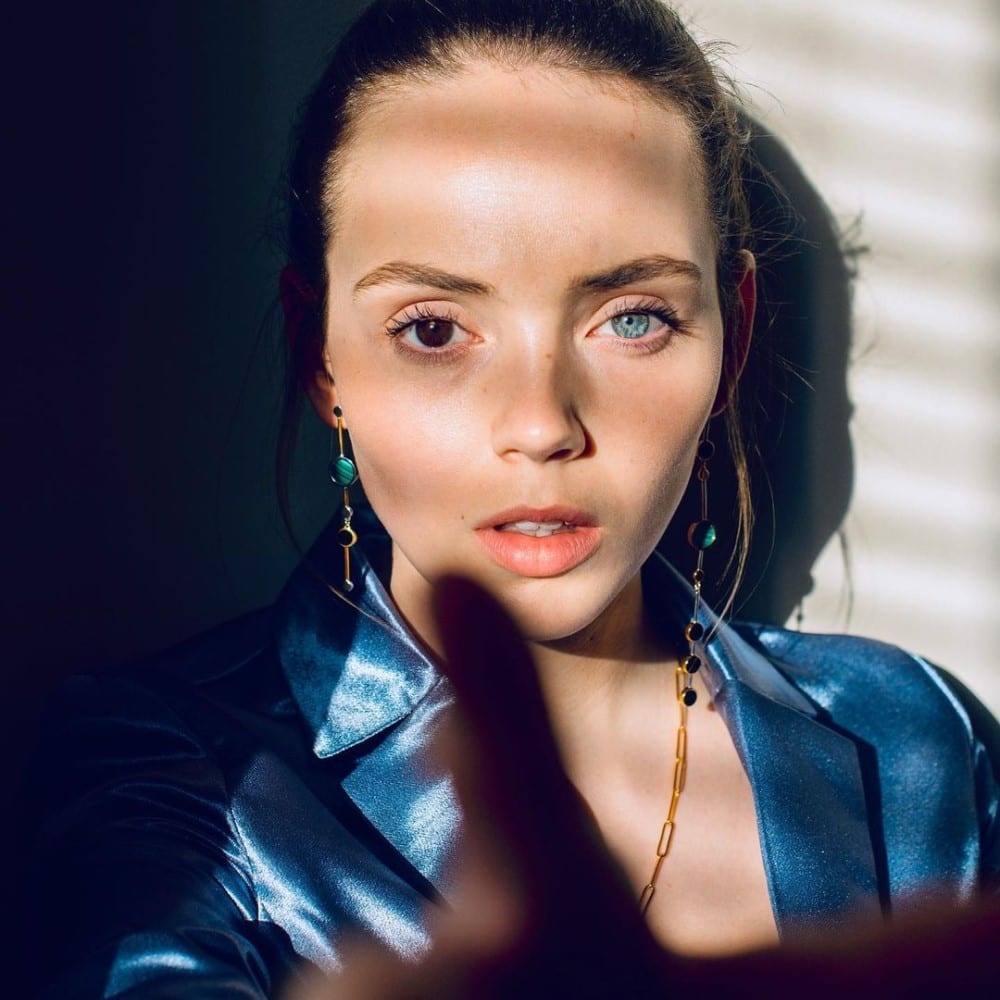
Heterochromia is the term used to describe a difference in a person’s eye color. Someone with central heterochromia has different colors within the same eye. Complete heterochromia is when they have two different colored eyes. It’s a rare condition and it doesn’t have any side effects until now.
Beauty Beard
Dakota Cooke is an Instagram influencer who opened up about a rare adrenal glandular disorder that she was born with called hirsutism. According to the influencer herself, the facial hair is the result of hormone imbalances. The disorder affects hormone production, causing her body to produce too much testosterone. At 13, fine strands began sprouting on her chin and jawline.
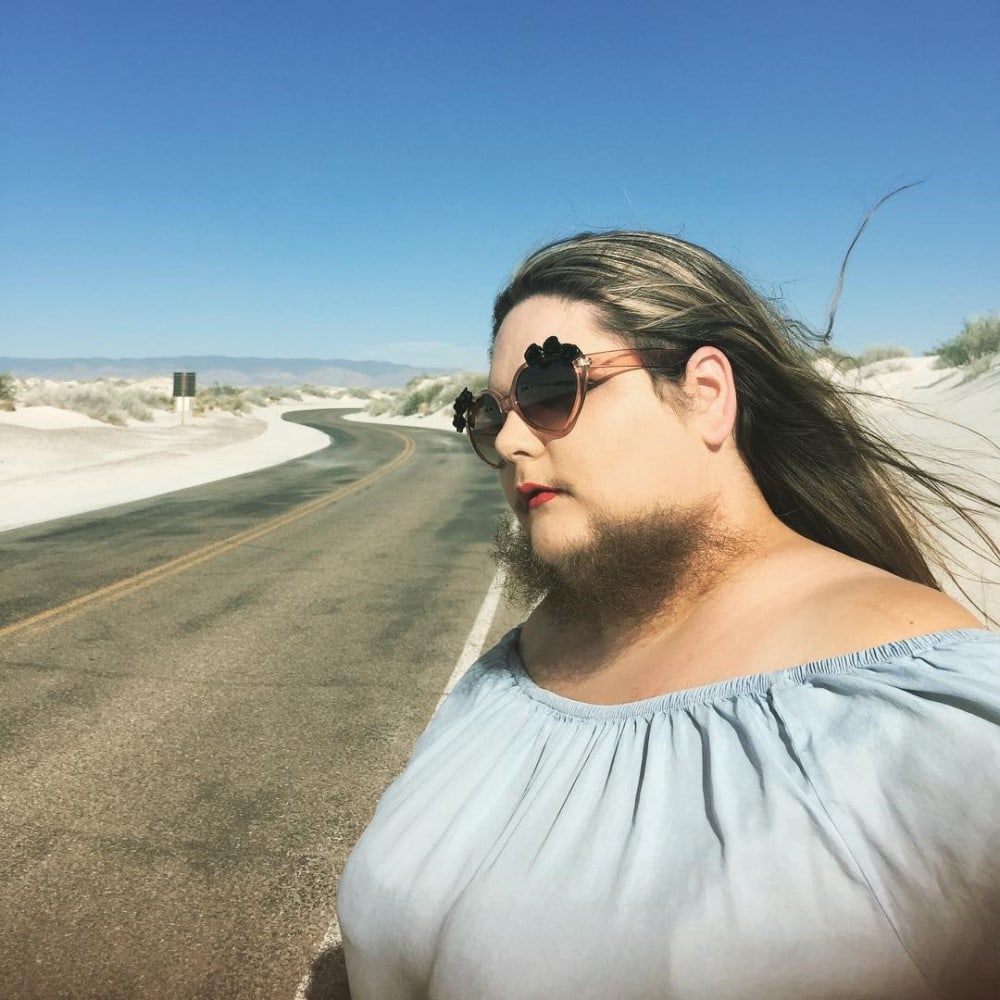
Although it wasn’t easy and it took some time, Dakota now fully embraces herself for everything that she is — and we absolutely love it! Dubbed The Bearded Lady, Dakota lives life as her authentic self and she really couldn’t be happier.
Beauty Marks
Birthmarks are often despised by people, so much so that some even go on to remove the mark at some point in their lives. Birthmarks, most of which are harmless, can form anywhere on the body. While many people dislike their visible birthmarks, there are those who embrace their individuality. Take Cassandra Naud, for instance.
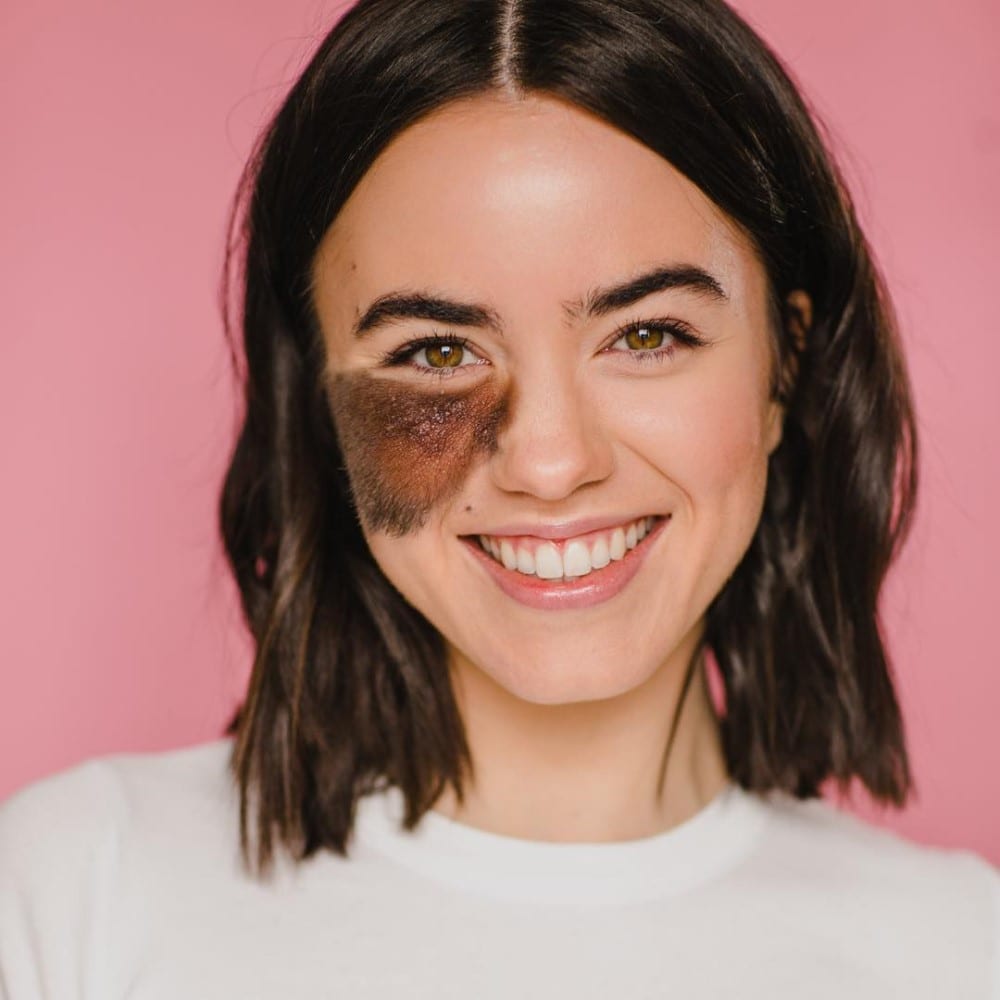
A professional dancer, Cassandra was born with a large birthmark under her left eye, and although she begged for a birthmark removal operation in her youth, she ended up refusing it after learning that it could leave her with a scar. Today, she appreciates her unique feature and loves herself exactly as she is. Inspiring!
Cat-Eye Syndrome
Let’s be real — cat eyes are absolutely mesmerizing in every aspect of the word. And there are some people on this planet who also have this feature, scientifically referred to as Schmid-Fraccaro syndrome. The defect, known as coloboma, involves the partial absence of ocular tissue in the iris, often affecting both eyes.
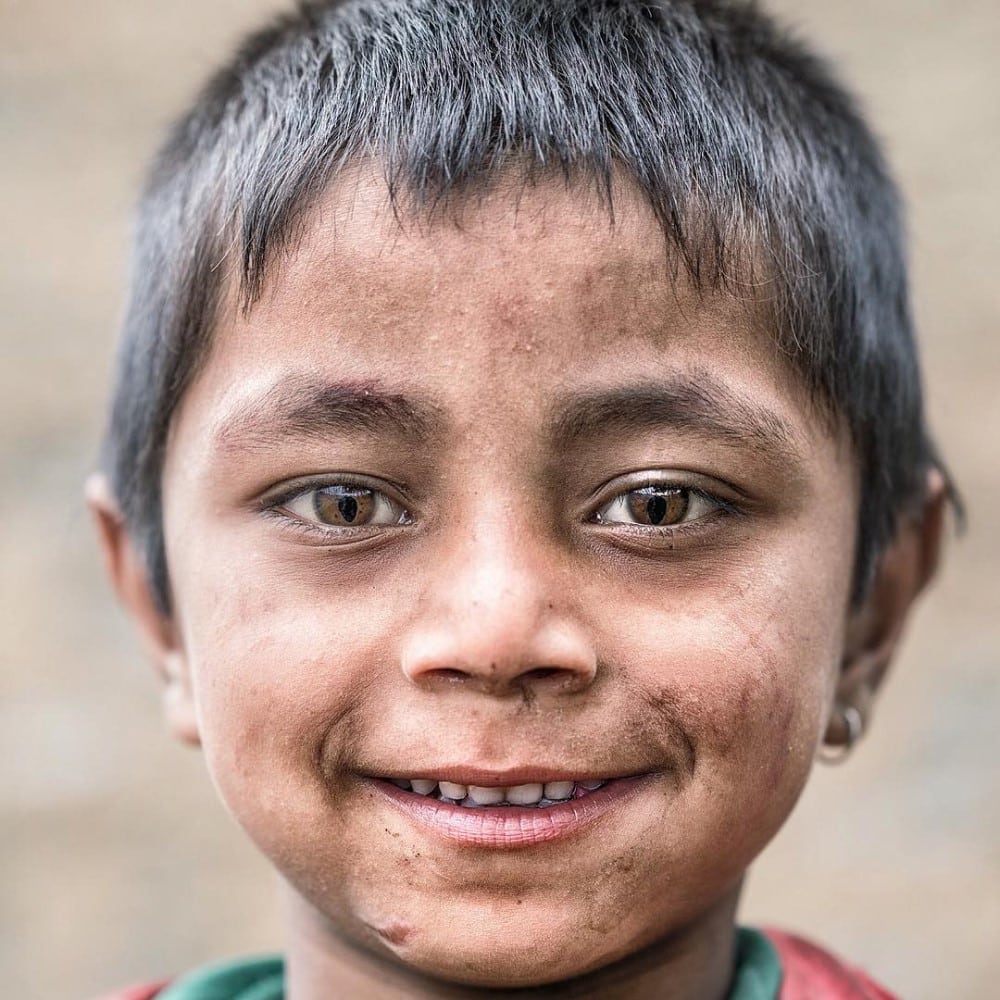
This leads to the elongated blackened area of the pupil, which resembles a cat’s eye. Not all people suffering from this syndrome exhibit this abnormality, however. About half of them have regular-looking eyes. Now, as cool as it looks, there are several medical problems associated with the condition with one of the most obvious being poor vision.
Fingerprints
Our fingerprints are all unique, meaning that no one else in the world has the exact same set of ridges and lines that you have on your fingers. While we may have similar ridges and lines, there are certain fingerprints that are only present in some people. A loop-shaped fingerprint, this feature is present among 65% of the population. Then, there are the whorl-shaped fingerprints.

This feature is present among 30% of the population. The rarest, though, is the arch-shaped fingerprint. It happens to be present in only five percent of the population — that’s pretty rare!
Red Hair
Red hair is truly a unique and beautiful feature. How many people have you met who have naturally red hair without any dye? Probably not as many as you think because this trait actually only occurs naturally in one to two percent of the human population.
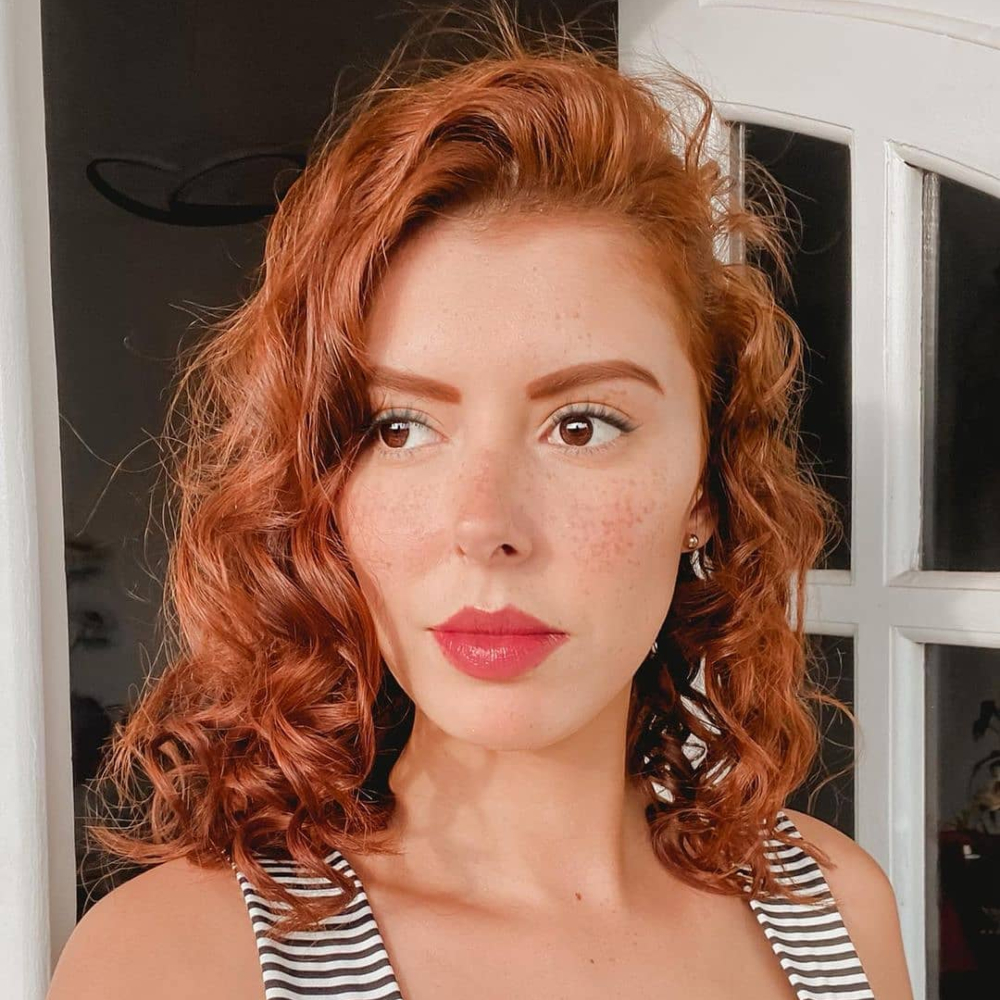
It appears with greater frequency among people of Northern or Northwestern European ancestry, and is less frequent in other populations. The feature is caused by a relatively rare recessive allele on chromosome 16. Red hair varies in hue and shade, and is associated with fair skin color, freckles, and sensitivity to ultraviolet light.
Navel
A belly button isn’t quite as unique as a fingerprint, but there are still tons of types out there. There’s a popular theory that the shape of the navel depends on how the umbilical cord was cut at birth. However, that theory isn’t true. In reality, when you’re born, the umbilical cord is cut and you have a small piece left called the umbilical stump.
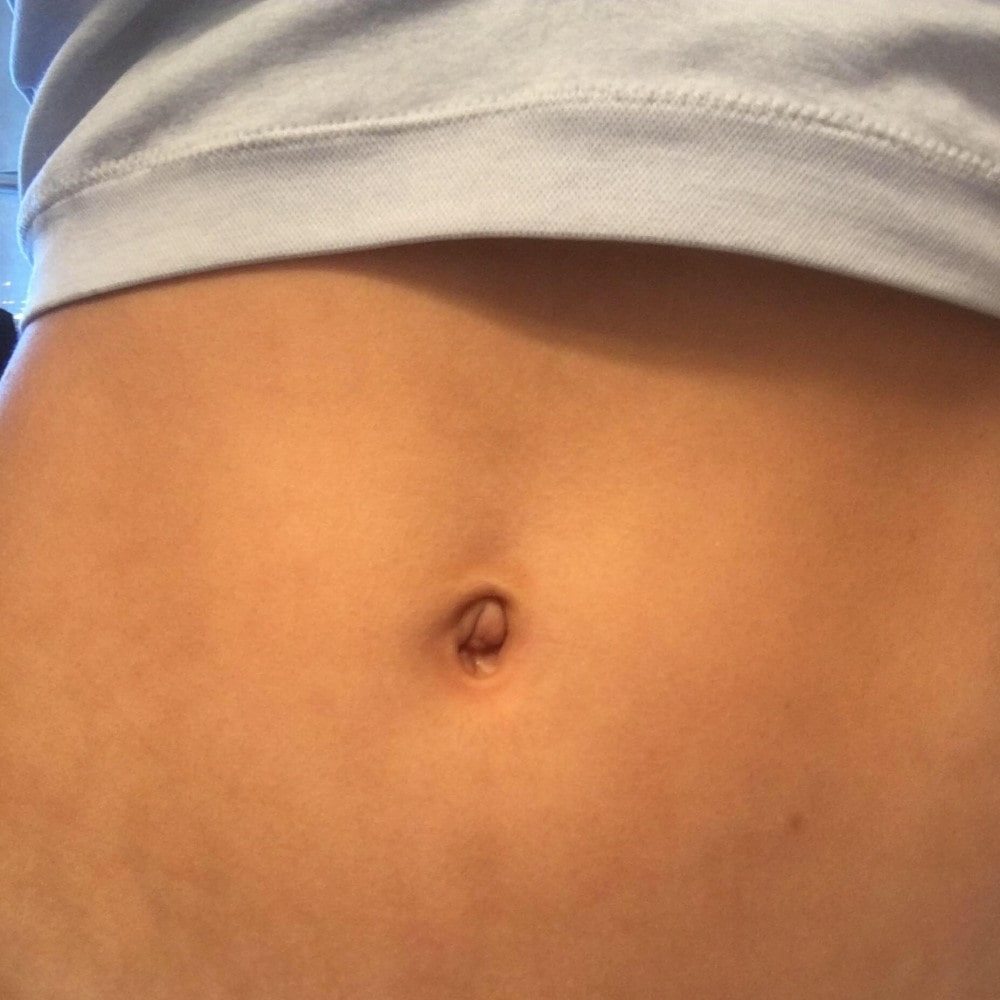
One to two weeks after birth, this stump falls off and what remains is your belly button. In other words, your belly button is essentially a scar. Whether it’s an innie or outie depends on how your skin grows as it heals. About 90% of people have innies, and the rest are outies (10%) — and some people don’t even have belly buttons, usually because they were born with a condition that affected the umbilical cord.
Right-Hearted
A rare heart condition, dextrocardia is a trate in which your heart points toward the right side of your chest instead of the left side. Being that it is a congenital condition, people are born with the abnormality. Less than one percent of the general population is born with dextrocardia. In the simplest type of dextrocardia, the heart is simply a mirror image of the normal heart and there are no other problems.
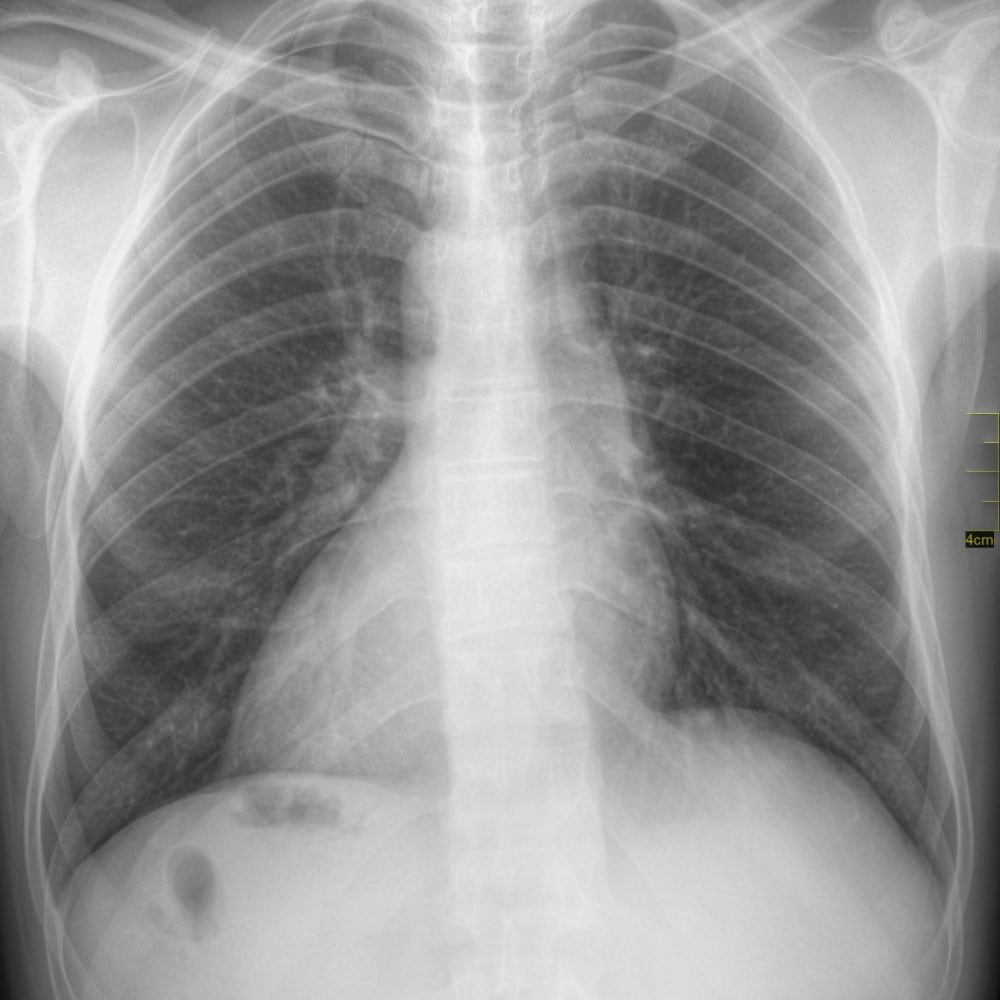
When this occurs, the organs of the abdomen and the lungs will often also be arranged in a mirror image. For instance, the liver will be on the left side instead of the right. A very serious syndrome that appears with dextrocardia is called heterotaxy — in which many of the organs are not in their usual places and may not work properly.
Albinism
Albinism is a rare genetic disorder in which there is little to no production of the pigment melanin — a pigment your body produces that determines the color of your skin, hair, and eyes. Overall, an estimated one in 20,000 people worldwide are born with oculocutaneous albinism.

There are some vision defects related to albinism, like photophobia, amblyopia, and nystagmus. Additionally, the lack of pigmentation makes albino people more susceptible to sunburn and skin cancer.
Blue Eyes
Let’s be real here — blue eyes are absolutely beautiful. Many people would do anything to have this eye color. It turns out, though, that blue eyes aren’t as common as you might think. Since blue eyes are genetically recessive, only eight percent of the world’s population has them.
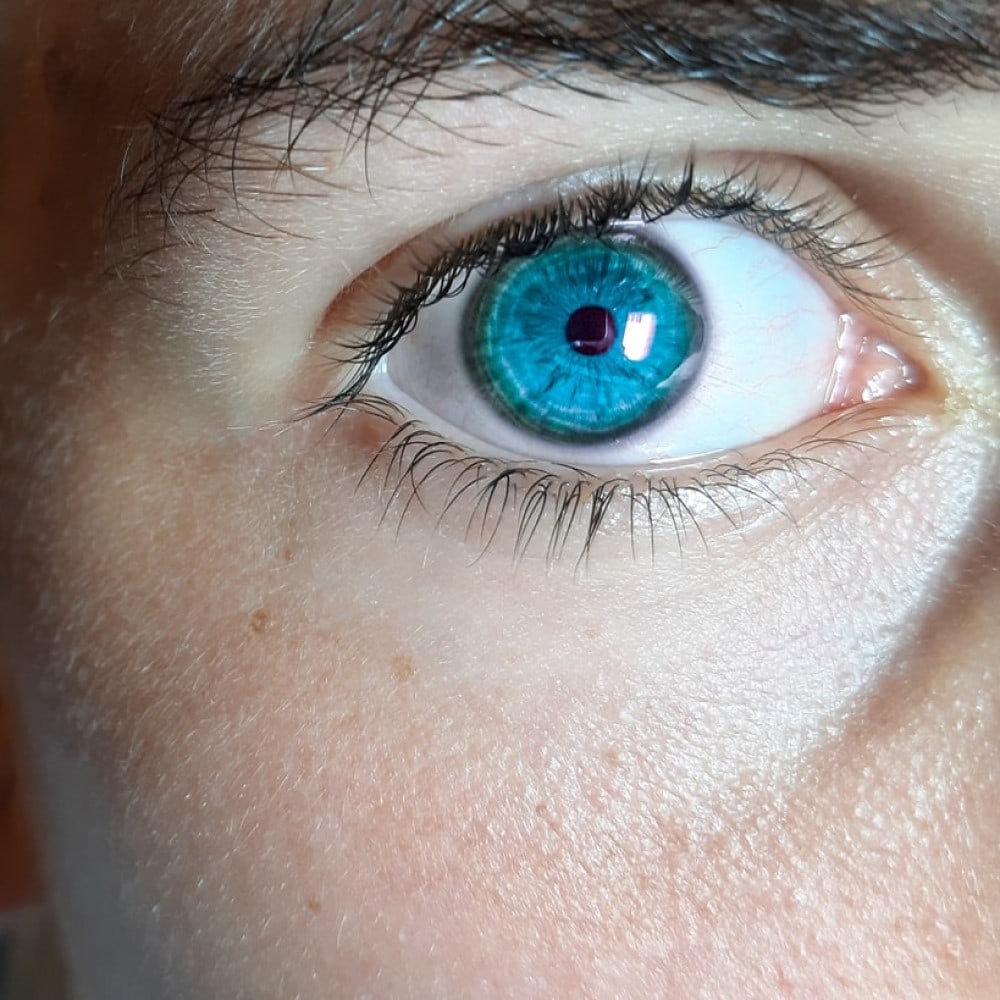
It is said that a mutation in the HERC2 gene can cause a person to be born with blue eyes, proving all the more that it’s a rare — and amazing — feature.
Morton’s Toe
Before we dive into this, look at your toes. The big toe is the largest in length for most people. However, there are people whose foot structure is a bit different. Their first toe is shorter than the second.

This is called Morton’s toe. A heredity feature, around 10% of people have it, and you might be one of them — which ain’t a bad thing! In fact, research suggests that Morton’s toe may even be an advantage in athletics.
Hair Whorl
Let’s talk about hair whorls. Some of you may have not even known that this is a thing. A hair whorl is a patch of hair that grows in a circular direction around a visible center point. Also known as crowns or swirls, hair whorls can either be clockwise or counterclockwise in direction of growth.
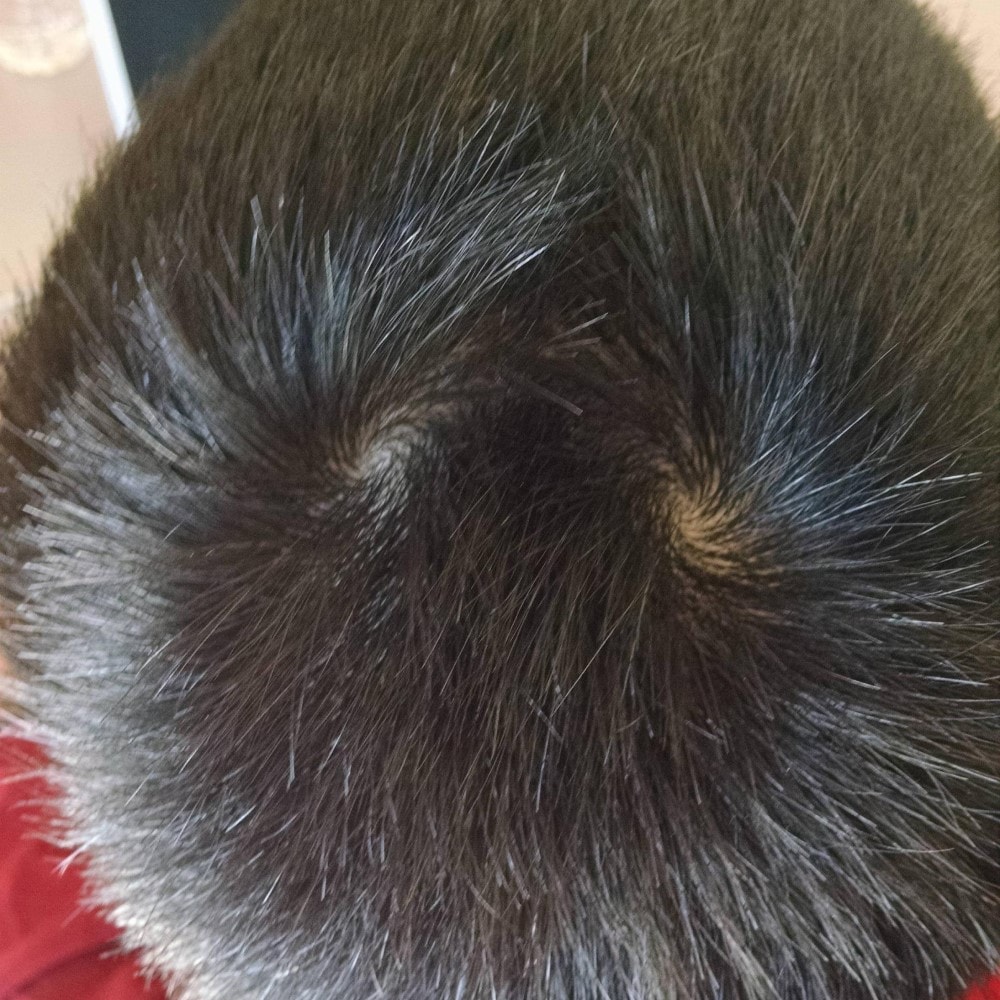
According to Amar J. S. Klar’s research — which he conducted to find a genetic link between handedness and hair-whorl direction — 8.4% of right-handed people and 45% of left-handed people have counterclockwise hair-whorls. It’s important to note, however, that Klar’s research methodology in this and other studies has been questioned.
Photic Sneeze Reflex
It’s no secret that we all sneeze. After all, it’s our body’s way of removing irritants from our nose or throat. But, did you know that there’s a genetic tendency known as photic sneeze reflex? This is a condition that causes sneezing in response to different stimuli, such as looking at bright lights. The reflex seems to be caused by a change in light intensity rather than by a specific wavelength of light.
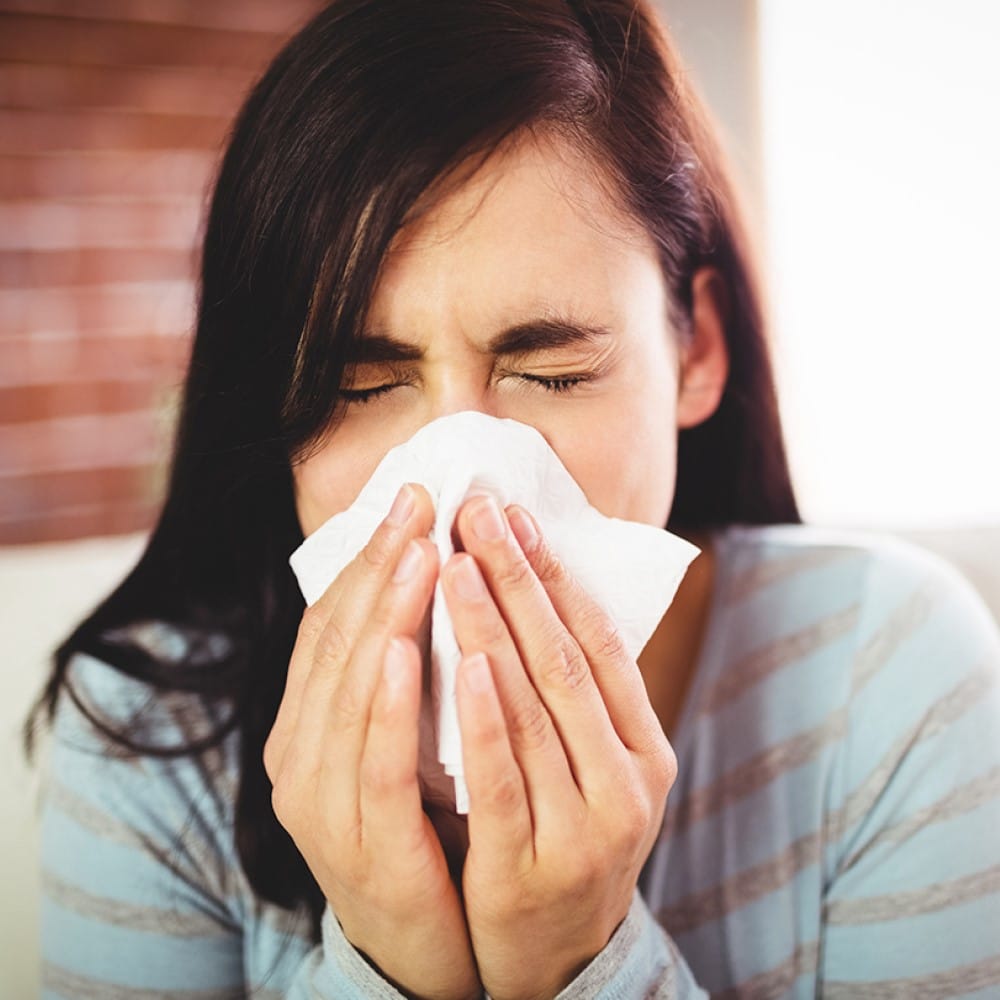
So, if you’re one to sneeze after stepping outside and looking into the sun, then you likely have photic sneeze reflex. You might think this condition affects everyone but in reality, it only affects 18% to 35% of the world’s population.
Single Crease
A single palmar crease is basically a single crease that runs across the palm of the hand. While people most often have three creases in their palms, the single palmar crease could indicate problems with development and be linked with certain disorders — although a single crease is often normal.
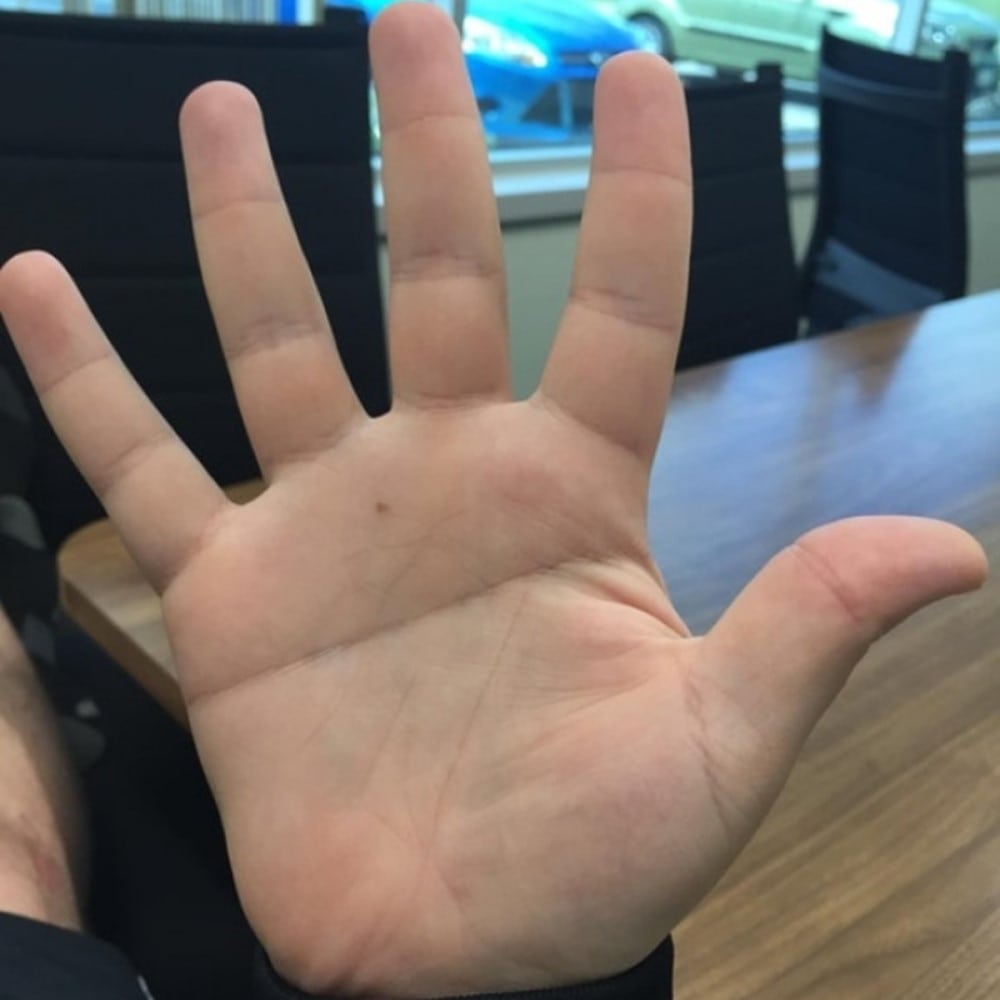
A single crease appears in about one out of 30 people, and males are twice as likely as females to have this condition. If you have it, you are one of the rarest. We guess you already know this by now, though.
Ehlers-Danlos Syndrome
Ehlers-Danlos syndrome refers to a group of inherited disorders that affect your connective tissues — mainly your joints, skin, and blood vessels.
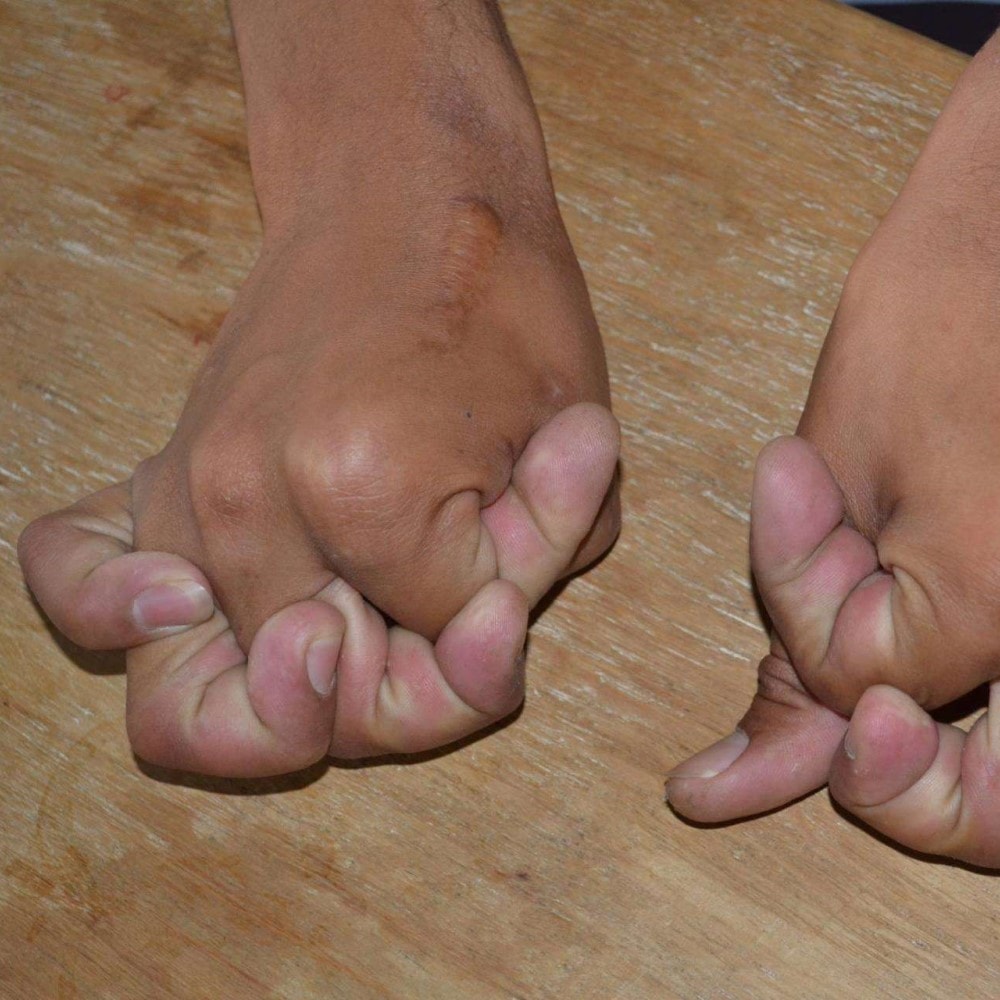
This affects your overall strength as the connective tissue provides the strength and elasticity that your body needs. The symptoms of this syndrome include fragile skin, stretchy skin, and flexible joints. However, we find this a beautiful feature to embrace, not reject.
Ectodermal Dysplasia
A large group of inherited disorders, ectodermal dysplasia is characterized by a primary defect in hair, teeth, nails, or sweat gland function. It can also affect the ears, eyes, lips, mucous membranes of the mouth or nose, and the central nervous system.
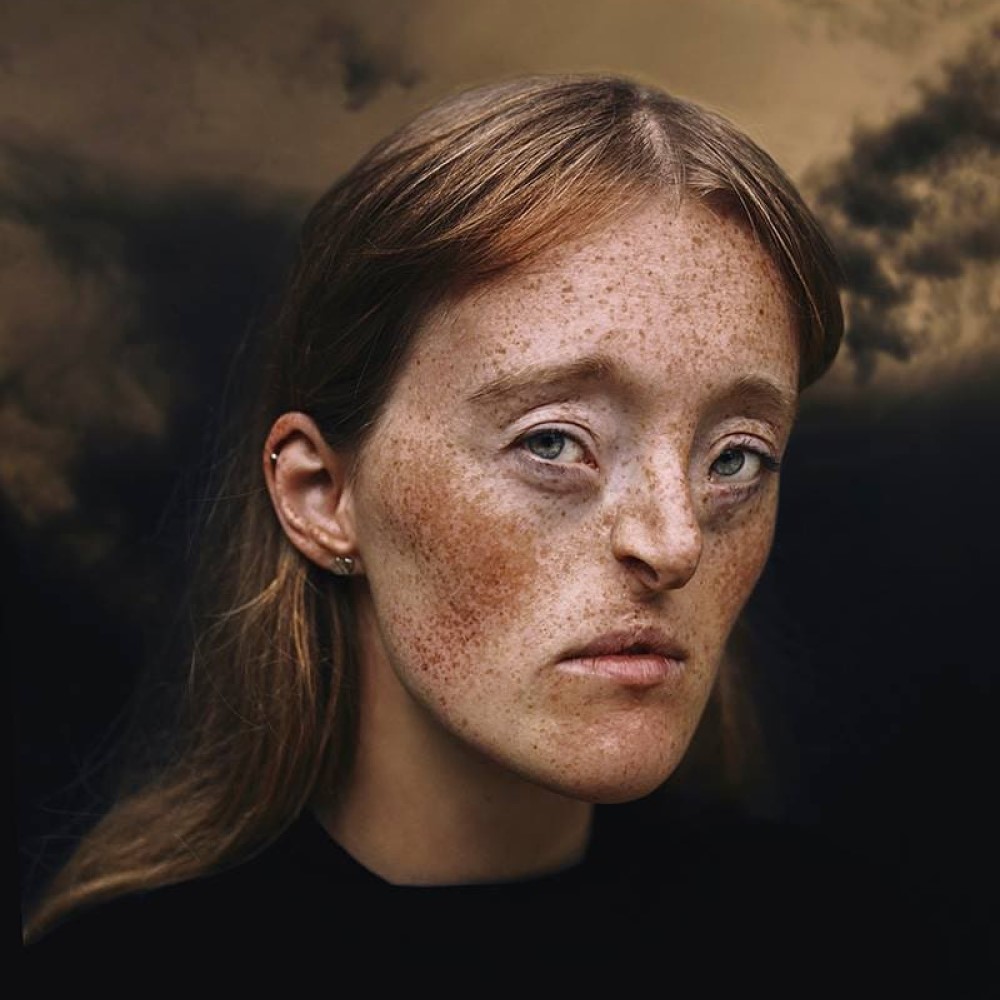
Now, although more than 150 different ED syndrome exist, only around one in 7,000 people have been diagnosed with an ectodermal dysplasia condition worldwide — meaning that it’s rare and unique. Today, models with ED conditions are taking the fashion world by storm.
Anisocoria
Anisocori refers to a condition in which the size of the eyes’ pupils is not of equal proportion. It affects up to 20% of the population and is often entirely harmless, but can be a sign of more serious medical problems. The condition is defined by a difference of 0.4 mm or more between the sizes of the pupils of the eyes.
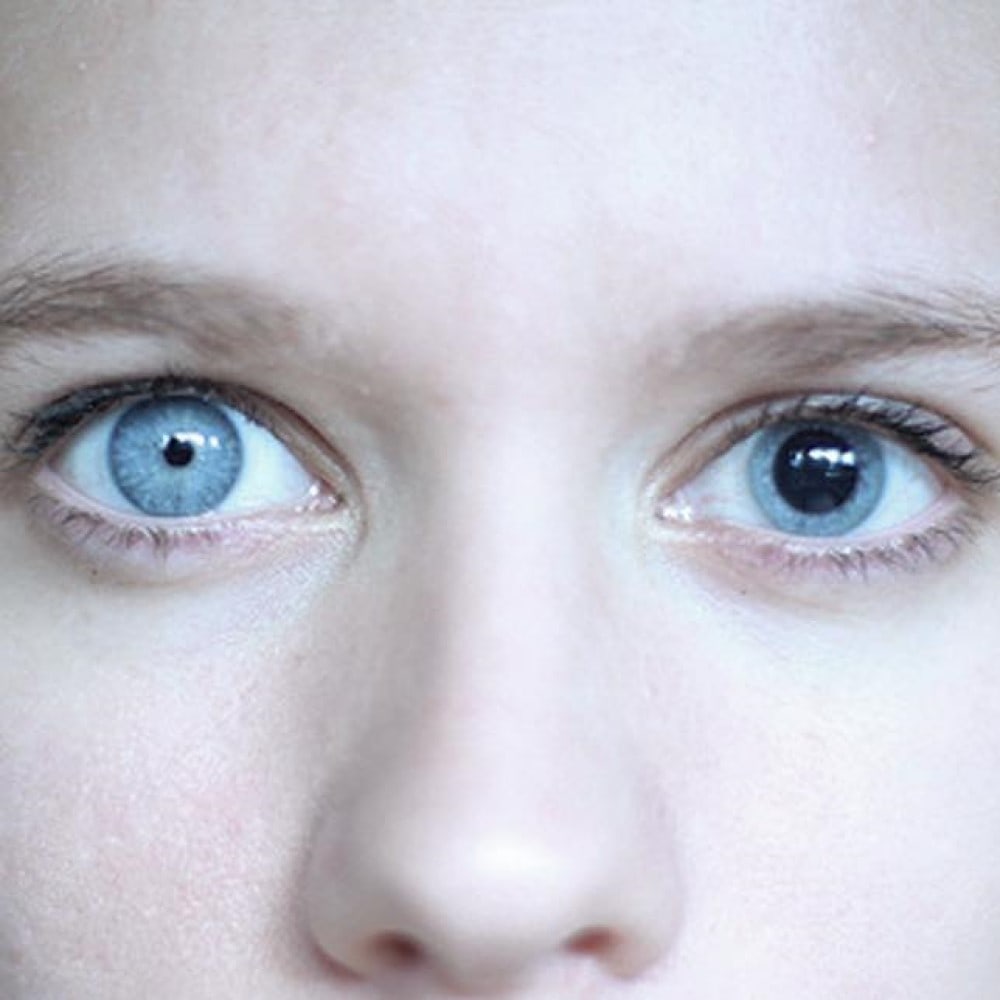
Causes of anisocoria range from benign, or normal, to life-threatening conditions. For the most part, though, anisocoria is usually a benign finding that is unaccompanied by other symptoms. Fun fact — English singer David Bowie exhibited anisocoria, owing to a teenage injury.
Dermatographia
Often referred to as skin writing, dermatographia is a condition in which lightly scratching your skin causes welts or raised, red lines wherever you’ve scratched. Although it’s not a serious condition, it can be uncomfortable. About two to five percent of the population suffers from this problem. Still, it’s considered one of the more prevalent forms of hives and accounts for seven to ten percent of all cases of skin rashes and swelling.

Luckily, episodes of dermatographia usually come and go quickly. A condition often seen in young adults, researchers don’t believe that there’s a strong genetic link to dermatographia. There are certain factors that may make the condition worse including exercise, heat, cold, stress, and vibration among others.
Waardenburg Syndrome
Waardenburg syndrome refers to a group of rare genetic conditions that can cause hearing loss and changes in coloring (pigmentation) of the hair, skin, and eyes. While most people with Waardenburg syndrome do have normal hearing, moderate to profound hearing loss can occur in one or both ears.
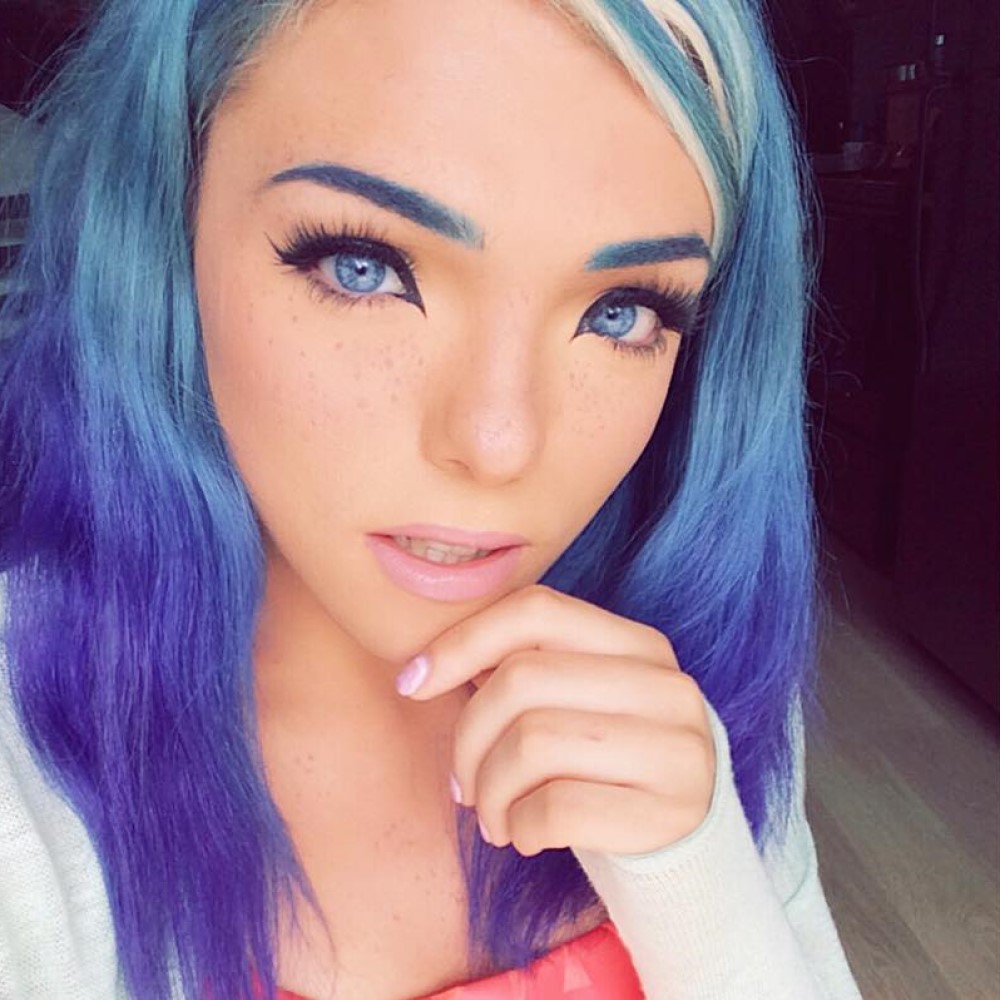
The condition is characterized by at least some degree of congenital hearing loss and pigmentation deficiencies. This can include but is not limited to bright blue eyes (or one blue eye and one brown eye), a white forelock, or patches of light skin. One in every 42,000 people suffer from Waardenburg syndrome.
Argyria
Believe it or not but excessive exposure to certain compounds and chemicals can really take a toll on your body. Take argyria, for example. A rare skin condition, argyria can occur if silver builds up in your body over a long time — meaning overexposure to chemical compounds of the element silver or to silver dust can actually turn your skin, eyes, internal organs, nails, and gums a blue-gray color.
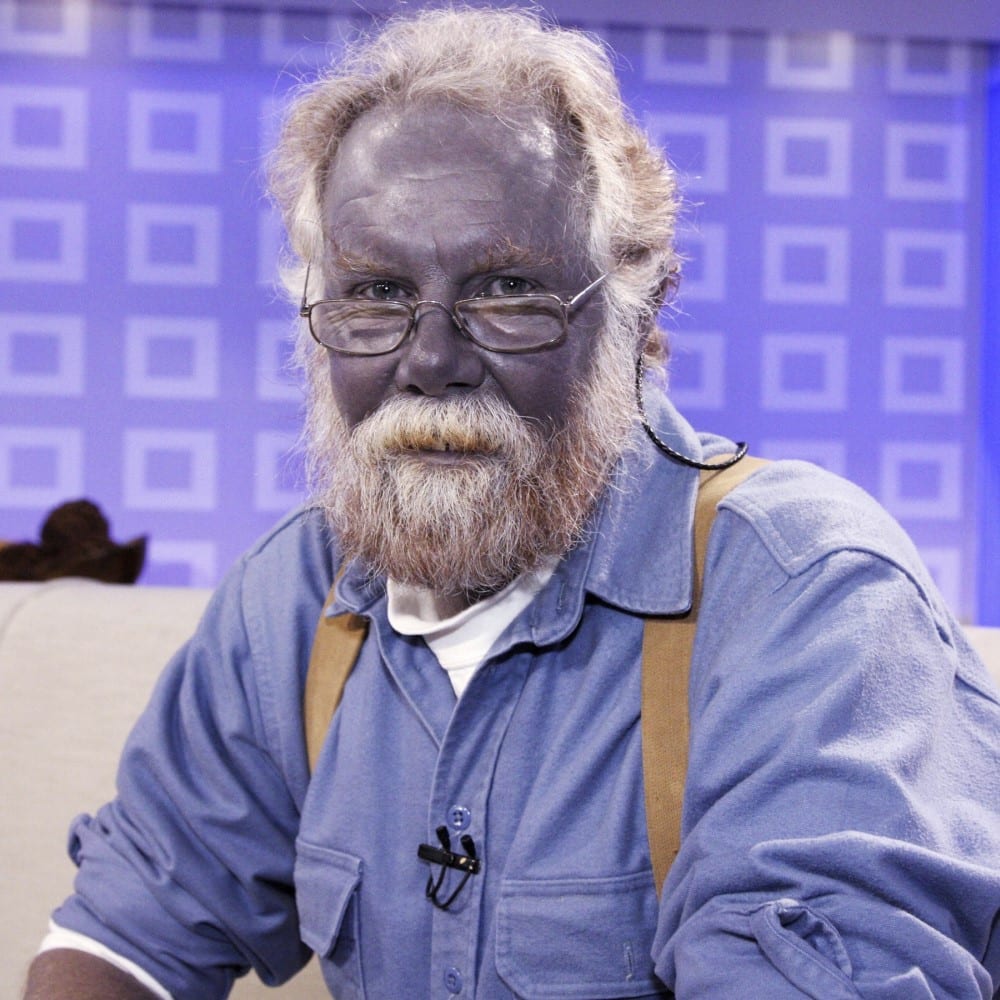
Unfortunately, that change in your skin color is permanent. Luckily, the condition is rare and not life-threatening.
Distichiasis
We’re no strangers to the fact that people love eyelashes. Today, there are all sorts of lash treatments including lash extension, lash perm, and even lash tint. However, there are some people in the world that are blessed with two rows of eyelashes.
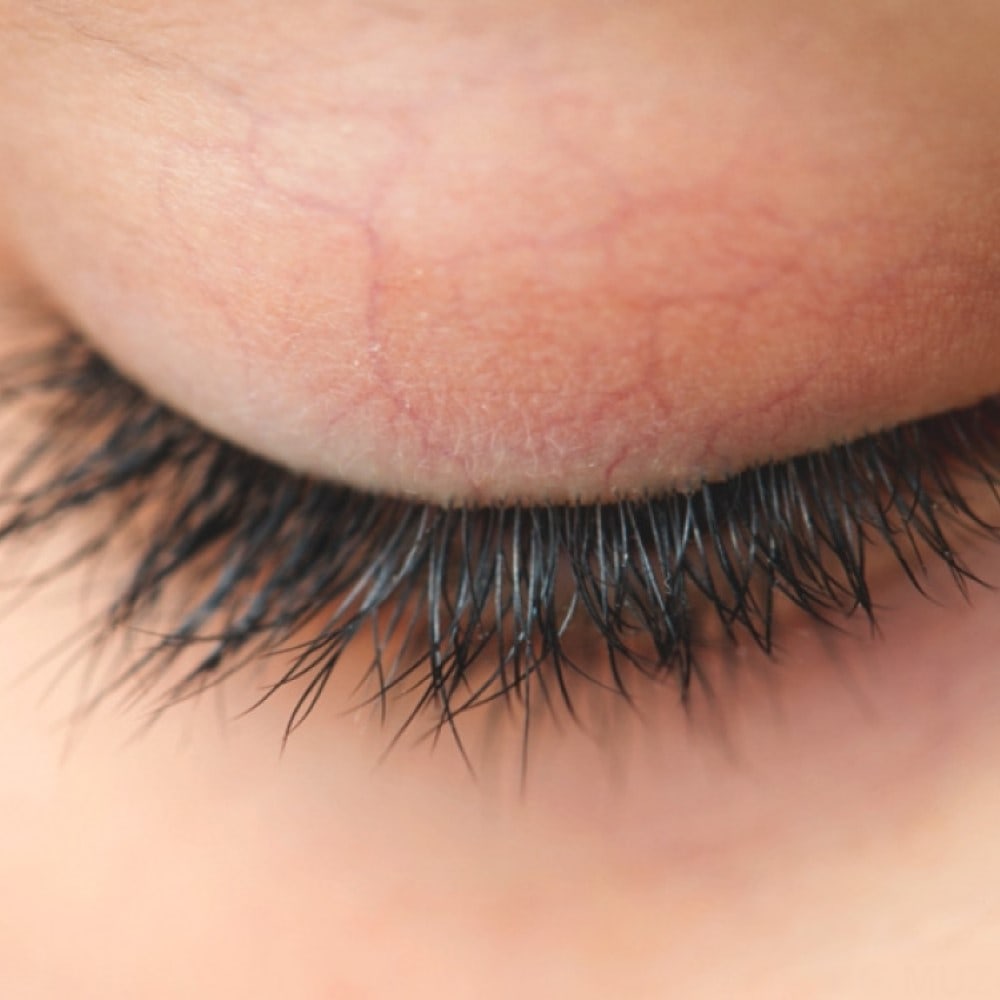
This is the result of some sort of defect., a condition called distichiasis. This condition is often associated with photophobia, irritation of the cornea, conjunctivitis, styes, and droopy eyelids.
Tetrachromacy
Tetrachromacy is a rare eye condition that allows for increased color vision. While the normal human eye has three cones, people with tetrachromacy are born with four distinct color perception channels.
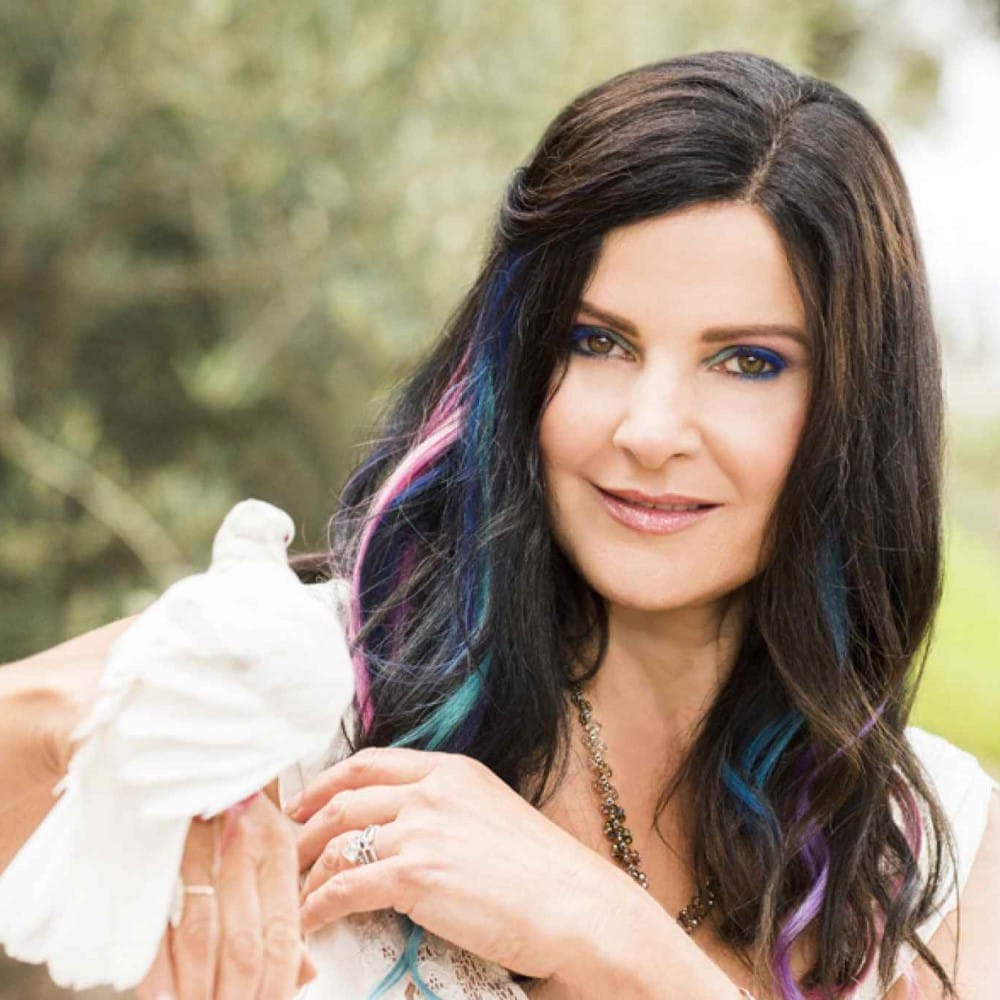
Research shows that it’s more common in women than in men. A 2010 study suggests that nearly 12 percent of women may have this fourth color perception channel. Men are less likely to be tetrachromats. And basically, this tiny percentage of people can see “invisible” colors that no one else can perceive.
Eye Scar
A storm erupted on Reddit when a man posted a picture of his eyes. In the photo, you can see a scar on his pupil — a scar the anonymous user was born with. Naturally, the image went viral being that it’s one of the coolest eyes that people have ever come across.
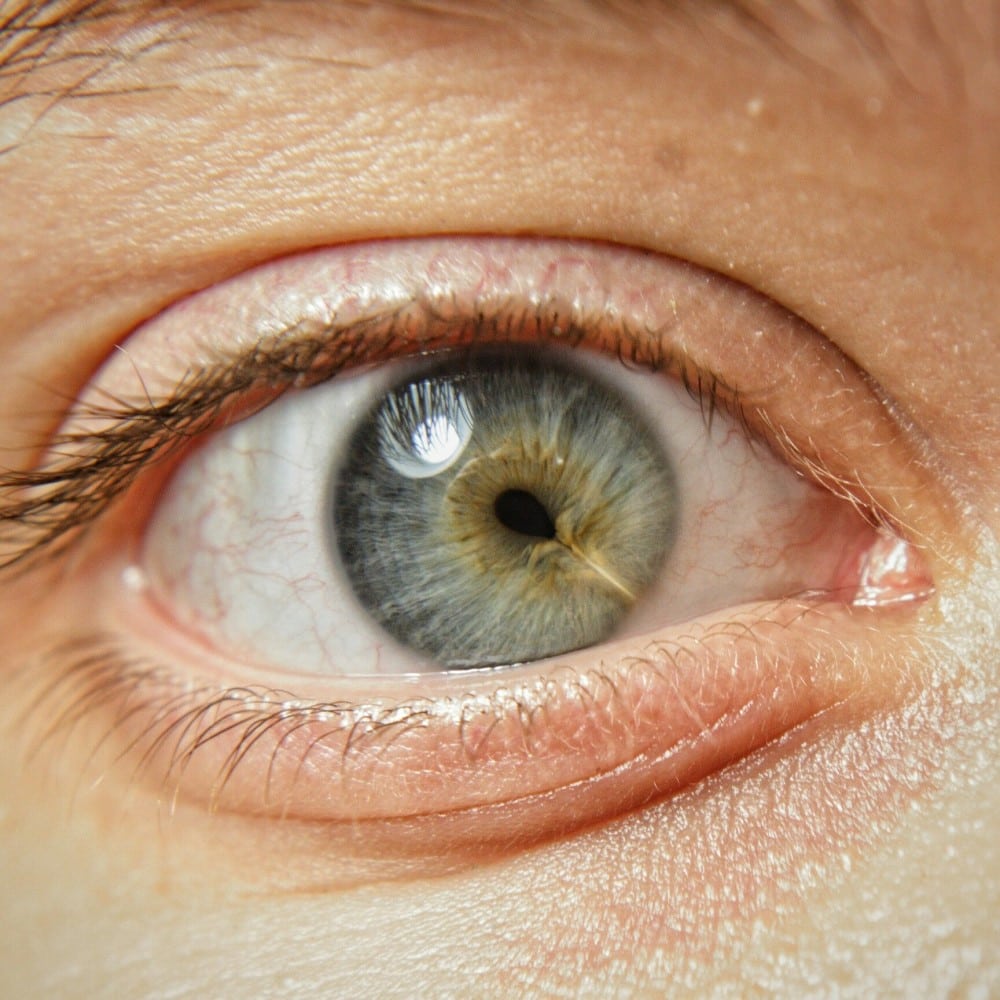
While we’re not entirely sure what the exact cause of this feature is, we do know one thing for sure — it’s as beautiful as it is rare.
Big Ears
Ukraine model Arina Lubiteleva has embraced her big ears. Now an international model, Arina has racked up over 150,000 followers on Instagram. She wants to inspire women out there to be proud of the way they look.

Something we’re all trying to learn. She has embraced her imperfections and flaws in every way she can. A beautiful woman who knows her worth, we should all take a page out of Arina’s book.
Wisdom Teeth
We all know that wisdom teeth are the final set of molars that you get in your late teens or early 20s. It’s like a final reminder your body gives you to let you know that you’re growing up.
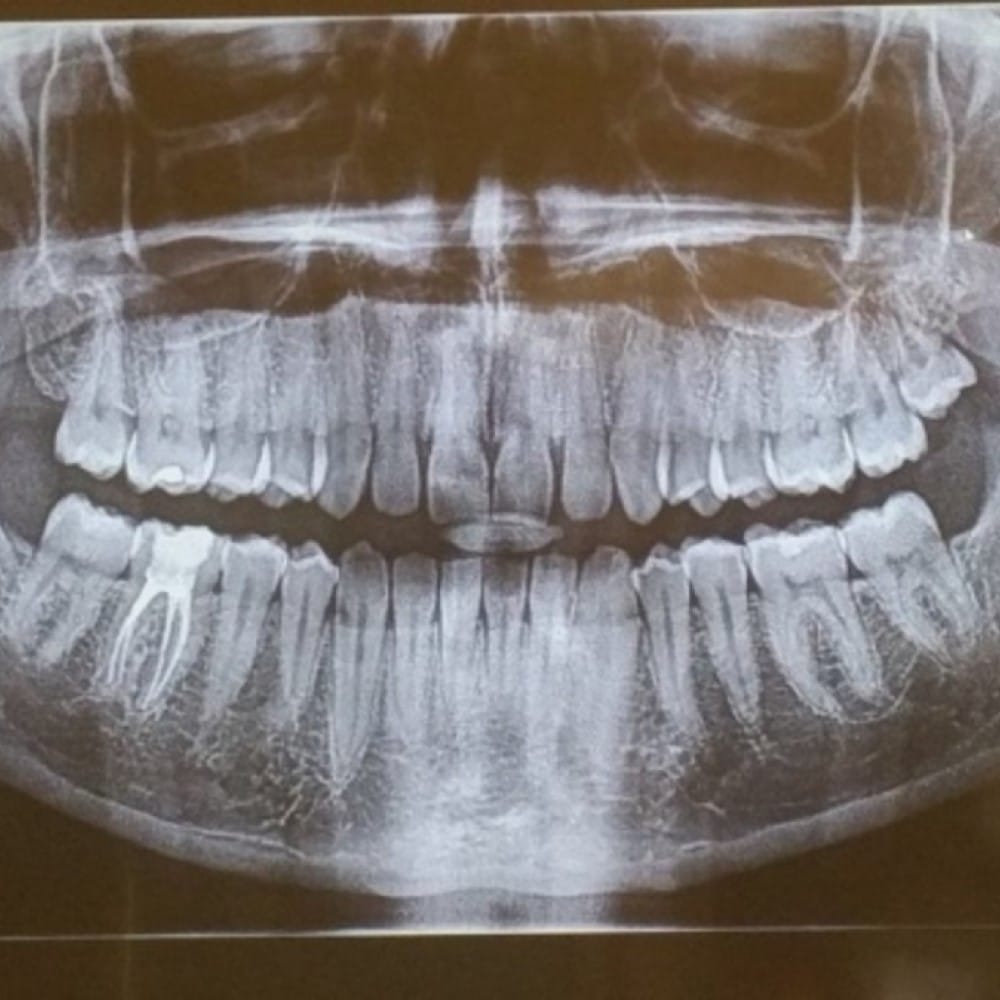
However, did you know that 20% to 25% of the human population is born with one to three wisdom teeth, and 35% is born without any wisdom teeth at all? It’s linked to a gene called PAX9.
Perfect Pitch
Absolute pitch, often called perfect pitch, is a rare ability of a person to identify or re-create a given musical note without the benefit of a reference tone.
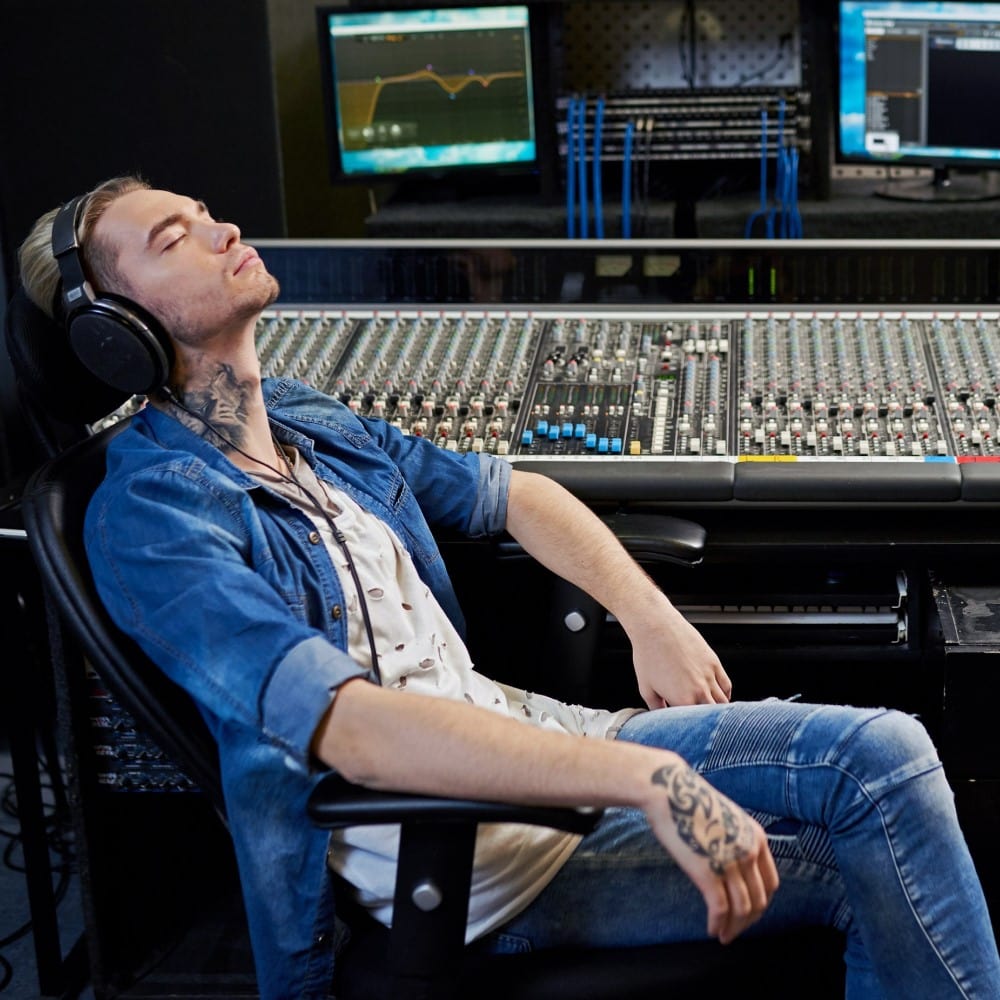
One in every 10,000 people has a perfect pitch. However, it was discovered recently that you can develop a perfect pitch as an adult — although it will require perseverance and training for a long time.
Sleep
Sleep — one of the most loved, not to mention crucial activities for the human body. As we grow up, we tend to appreciate sleep more and more. However, there are people who have trouble sleeping. This can then result in different complications, as your body needs sleep in order to thrive and survive.

What you may have not known, though, is that there’s a specific gene called BHLHE41. If you have this gene, you are genetically resistant to sleep deprivation. In other words, you can enjoy the benefits of a full night’s sleep even if you’ve had fewer hours of rest.
Alopecia
Alopecia is a condition that results in baldness or hair loss. It is one of the most common disorders in the world and can affect both men and women. There are multiple types of alopecia disorders, and hair loss can be caused by a variety of factors including genetics.

While there is no cure for alopecia, there are several treatments available. Some people, like model Therese Hansson from Sweden, have chosen to embrace their baldness. Hansson inspires other women to look beyond society’s perception of what beauty should look like.
Congenital Amputation or Abnormalities
Congenital limb defects can result in limbs failing to form normally, or not form at all. While some may choose to use prosthetic limbs, others choose to embrace their unique bodies.

Model Kanya Sesser was abandoned shortly after birth and left outside of a Thai Buddhist temple. At five years old, she was adopted and moved to the United States. Today she is not only a model, but a surfer, skateboarder, skier, and basketball player. She chooses not to let her condition affect her life saying, “No legs no limits.”
Uncombable Hair Syndrome
While we’ve all had a bad hair day or two, but those affected by this syndrome struggle with their hair every day. Uncombable hair syndrome, sometimes called spun-glass hair, results in frizzy hair which cannot be combed flat.

The condition usually appears during early childhood, but tends to disappear by adolescence. Uncombable hair is usually very light-colored and grows from the scalp in multiple directions. It is believed that the condition is caused by a gene mutation which alters the hair shaft.
Cold Urticaria (Cold Hives)
Few people enjoy dealing with cold weather, but for people with cold urticaria, plunging temperatures can result in severe reactions. People with this condition develop hives on skin which has been exposed to cold temperatures.
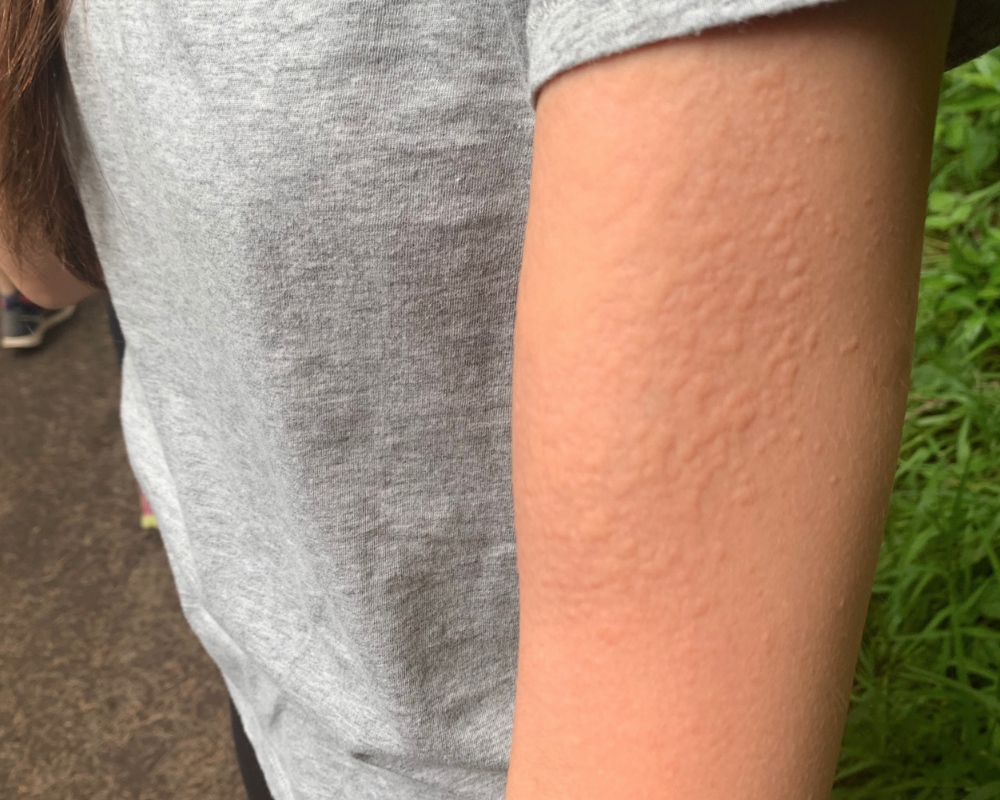
Doctors often diagnose this rare disorder by pressing an ice cube against the person’s skin. While most sufferers develop itchy and swollen hives, the disorder can trigger anaphylactic shock. This person’s arm became covered in hives after being outside for just a short period of time.
Hyperpigmentation or Melasma
Having a child is an amazing experience for any parent. Unfortunately, pregnancy can result in hormonal changes which can affect the body in a variety of ways.
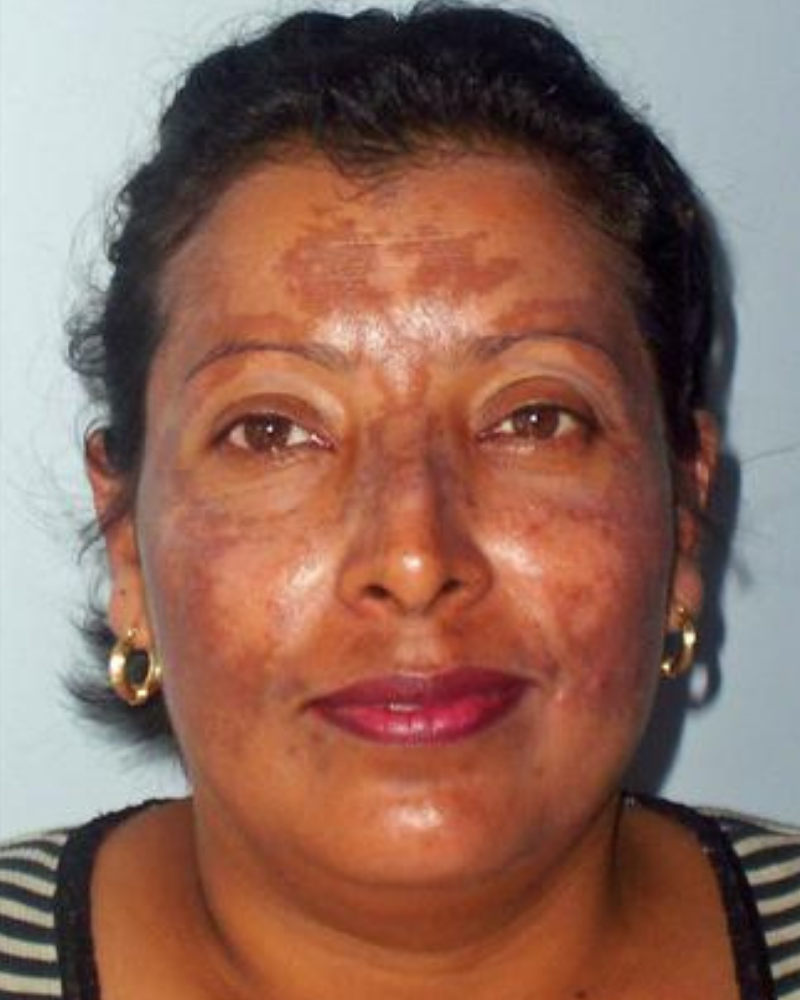
Hormonal changes during pregnancy can result in an overproduction of pigment cells in our skin. This can lead to a condition called melasma, where dark brown or grey patches can appear. The patches can appear as small freckles or can cover the entire face. This condition is often referred to as the “mask of pregnancy”.
Ichthyosis
Ichthyosis is a genetic skin disorder which results in thick, dry, and scaly skin. The name Ichthyosis comes from the Greek word for fish, which is fitting considering that the disorder gives the skin an extremely scaly appearance.
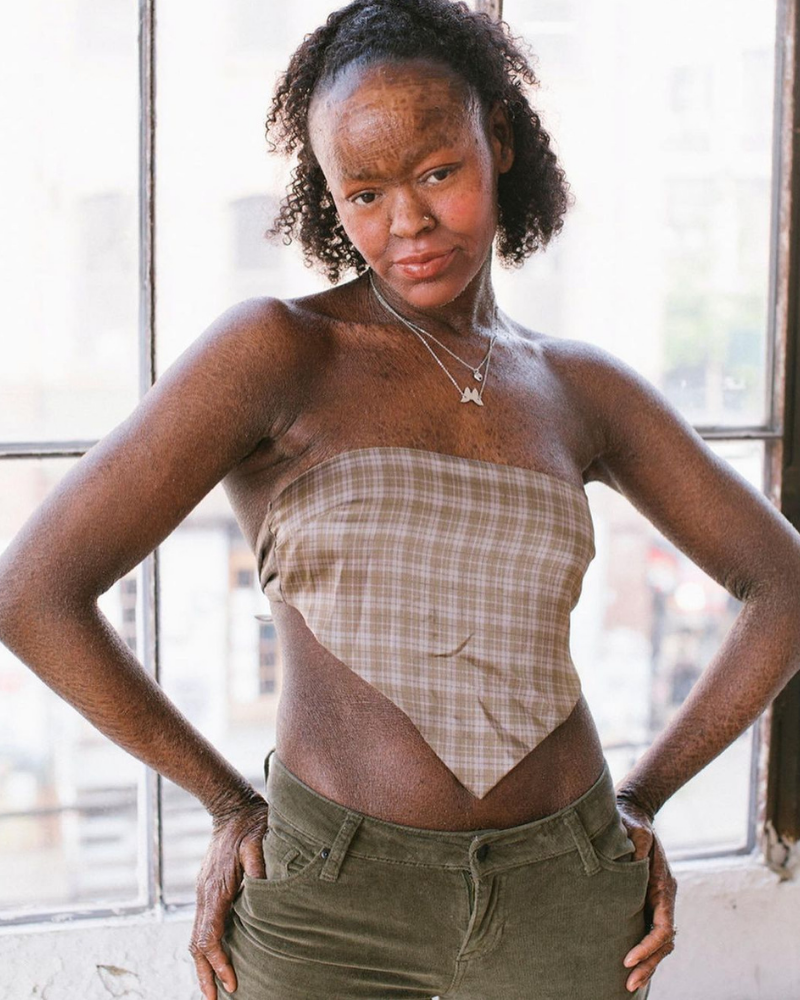
There are over 20 types of Ichthyosis which can appear differently, and be caused by different factors. Model Jeyza Gary has not let her skin condition limit her modeling opportunities. Gary has appeared in several fashion magazines and even advertising campaigns for large companies like Target.
Marfan Syndrome
This inherited syndrome is a disorder that affects the body’s connective tissues – the tissues responsible for maintaining the body’s structure and supporting internal organs. The disorder generally affects the skeleton, eyes, and heart.
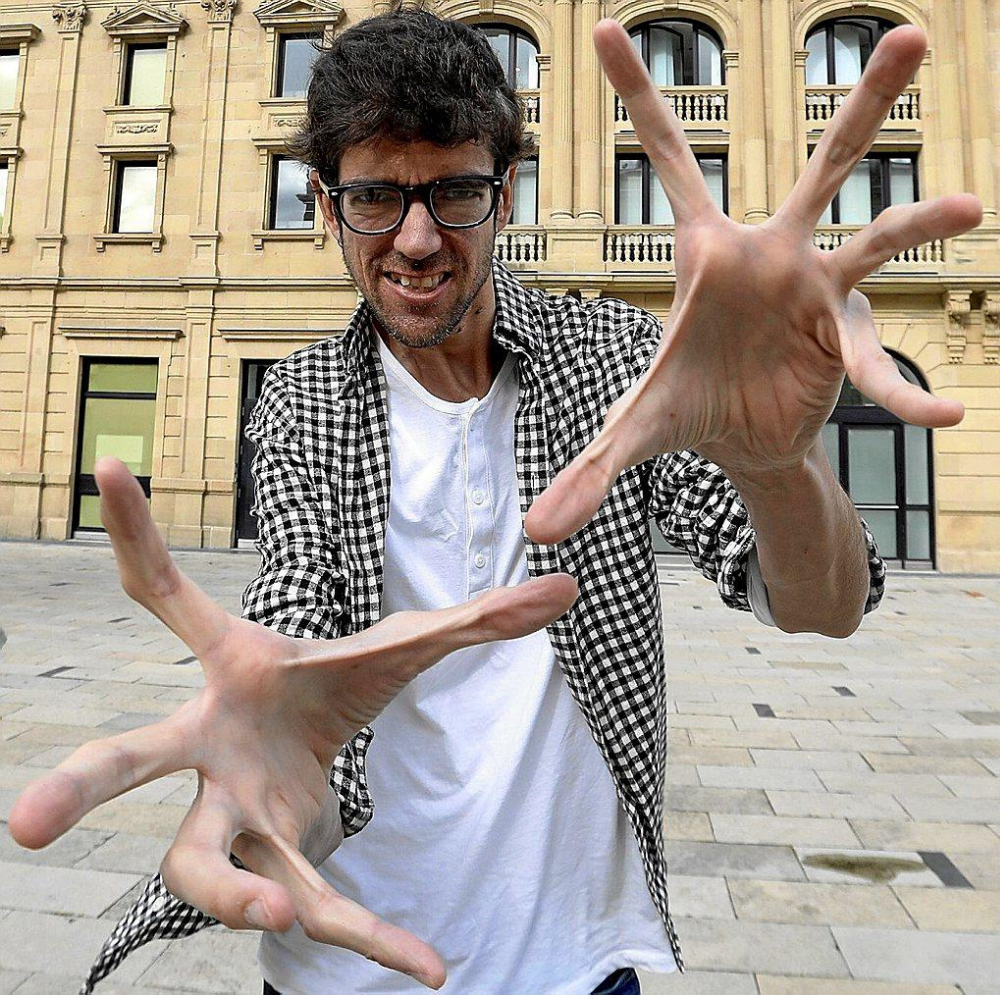
People affected by this disorder often have tall and thin body frames, with long limbs and fingers. Spanish actor, Javier Botet, was diagnosed with the disorder as a child. The actor’s unique appearance has led to him earning starring roles in Slender Man and other horror films.
Webbed Toes
When we think of webbed feet, we typically think of aquatic animals like frogs or ducks. It turns out that human appendages can also be webbed, especially toes. Webbed toes are not very common, and the reason behind the condition is largely unknown.
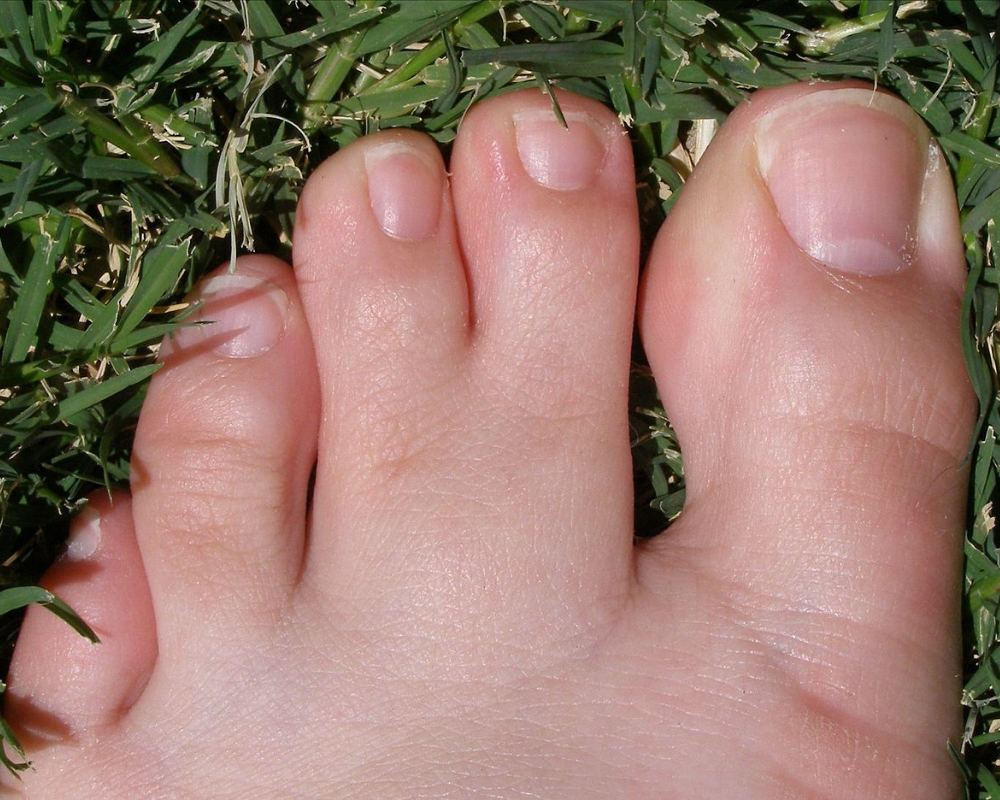
In most cases, the second and third toes are fused together by a layer of skin. Today, surgeries exist to correct and separate the webbing, but many people choose to just embrace this quirk.
Extreme Eyebrows
Eyebrows help keep our eyes healthy by preventing dust, sweat, or water from running down into our eyes. While these facial features have an important job, they are still subject to the fashion trends of the time.

Whether it’s plucking, threading, shaving, or waxing them, humans are obsessed with manipulating our eyebrows. Model Sophia Hadjipanteli has decided to reject what society deems the perfect ‘brows, and embrace her thick unibrow! She celebrates her hairy features on her social media page using the hashtag #UnibrowMovement.
Many Moles
It’s not unusual for a person to have moles or other birthmarks on their skin. These spots are caused by clusters of pigment producing cells called melanocytes. There are a variety of different types of moles, or nevi, and they can appear all over the body including in our eyes!

Model Evita Delmundo has gained thousands of followers on her social media pages due to her unusually spotted appearance. The Malaysian model has embraced her look, and has even entered the Miss Malaysia beauty pageant.
Avatar-Like Features
While many of us try to keep up with the latest trends, it seems like being different can actually be a good thing. For model Tsunaina, having a unique appearance can lead to a successful modeling career. The Tibetan-British model was discovered on the street by a model scout who was captivated by her unique facial features.
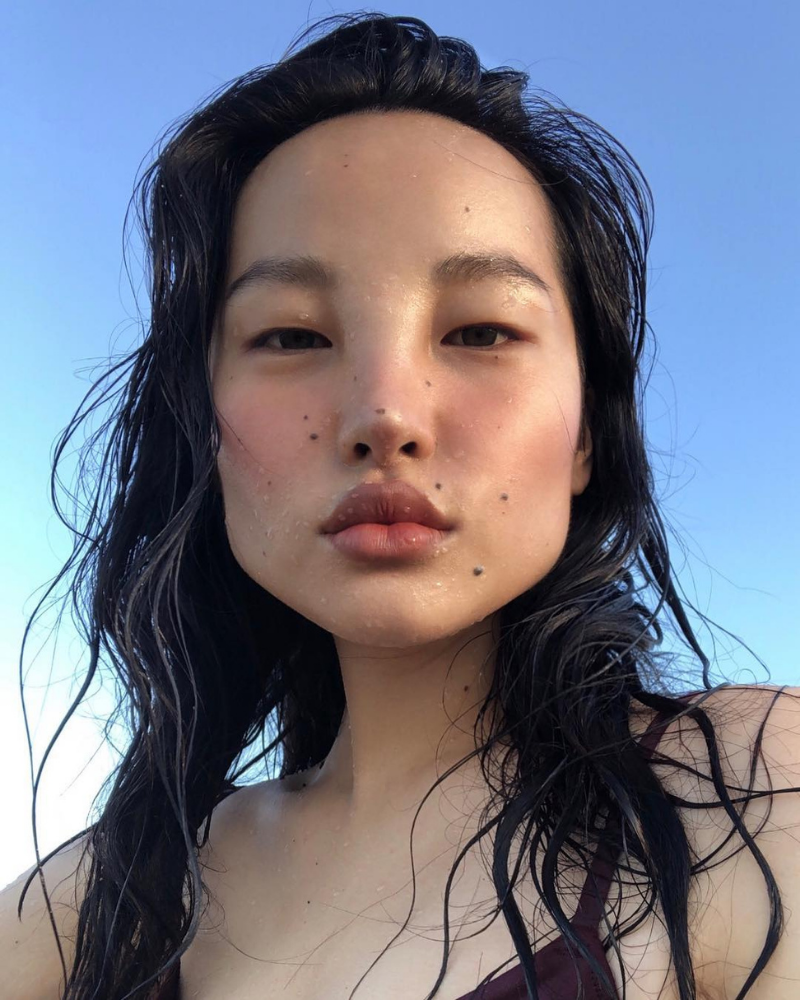
Despite being considerably shorter than most models, Tsunaina has already appeared in some of the biggest fashion magazines and campaigns. Tsunaina’s look has been described as ethereal and even Avatar-like.
Crossed Eyes
Strabismus, or crossed eyes, is an eye condition which results in both eyes not properly aligning while looking at the same object or place. The disorder can be the result of issues stemming from poor control of the eye muscles, or extreme farsightedness.
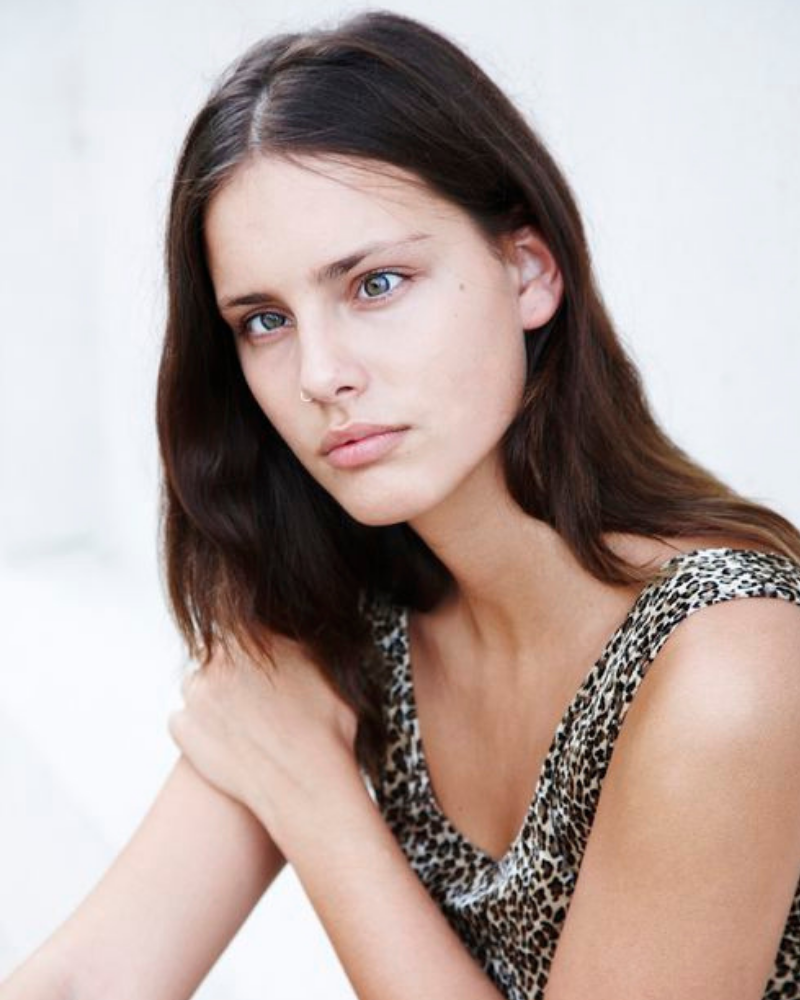
Model Moffy Gathorne has not let her eye condition prevent her from conquering the fashion world. The British model, who is signed to the same agency as Kate Moss, has used her fame to challenge the beauty standards of the fashion industry.
Progeria
We all fear getting older. For those affected with the genetic disorder progeria, the fear of aging becomes a reality much earlier. Progeria causes rapid aging and other health issues. Sufferers of this syndrome often look decades older than they really are.
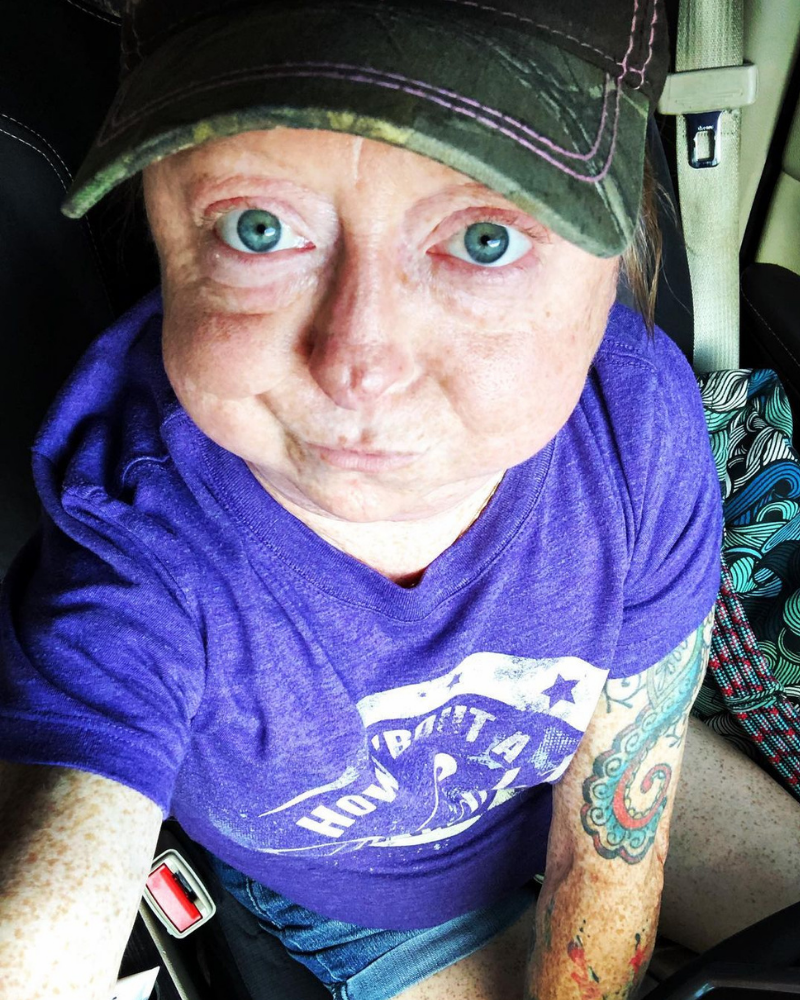
While many affected by this disorder pass away quite young unfortunately, some have been able to live meaningful lives past childhood like Challi Muguira. The Louisiana native was diagnosed as a child, but has survived into her thirties.
Human Mannequin
Fibrodysplasia ossificans progressiva is a rare condition in which the body’s soft tissue turns into bone, essentially making the body freeze in place. The condition, thought to be caused by a gene mutation, is one of the rarest diseases in the world.
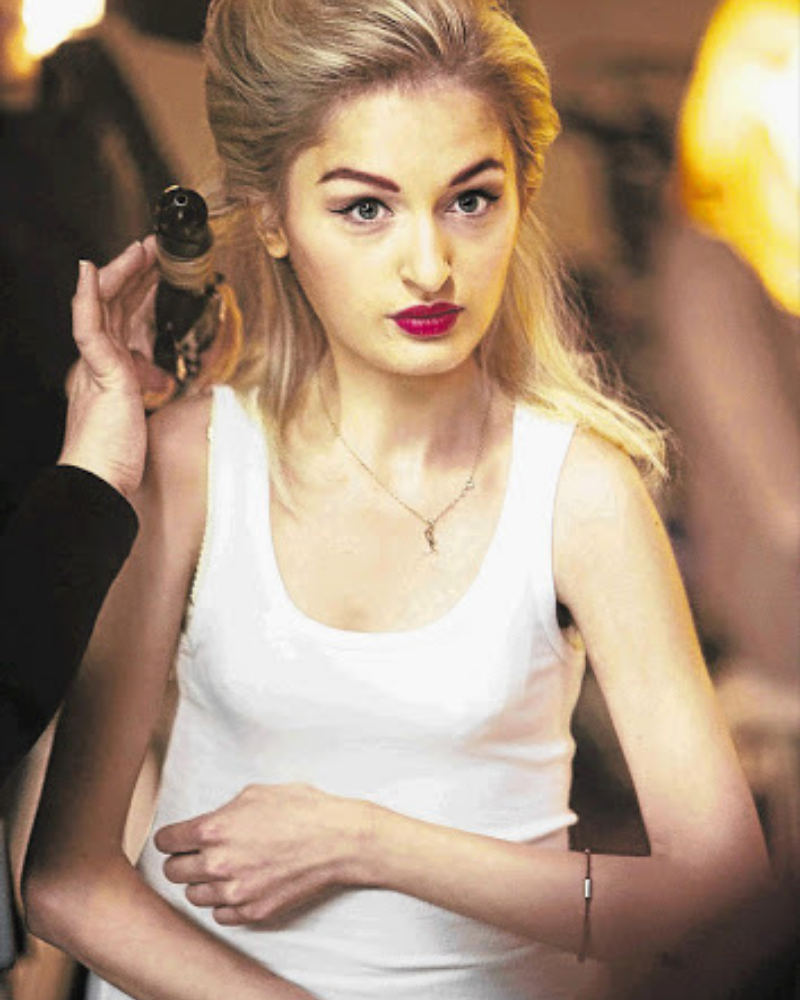
Despite the grim prognosis, Louise Wedderburn, has decided to try to pursue a career in fashion. Known as the “human mannequin” in England, Wedderburn has already worked at Elle magazine and backstage during London Fashion Week.
Blue People of Kentucky
One of the most interesting cases in medical history involves the “Blue People of Kentucky”, a family suffering from a blood disorder which caused them to have a blue or purple-like skin color.
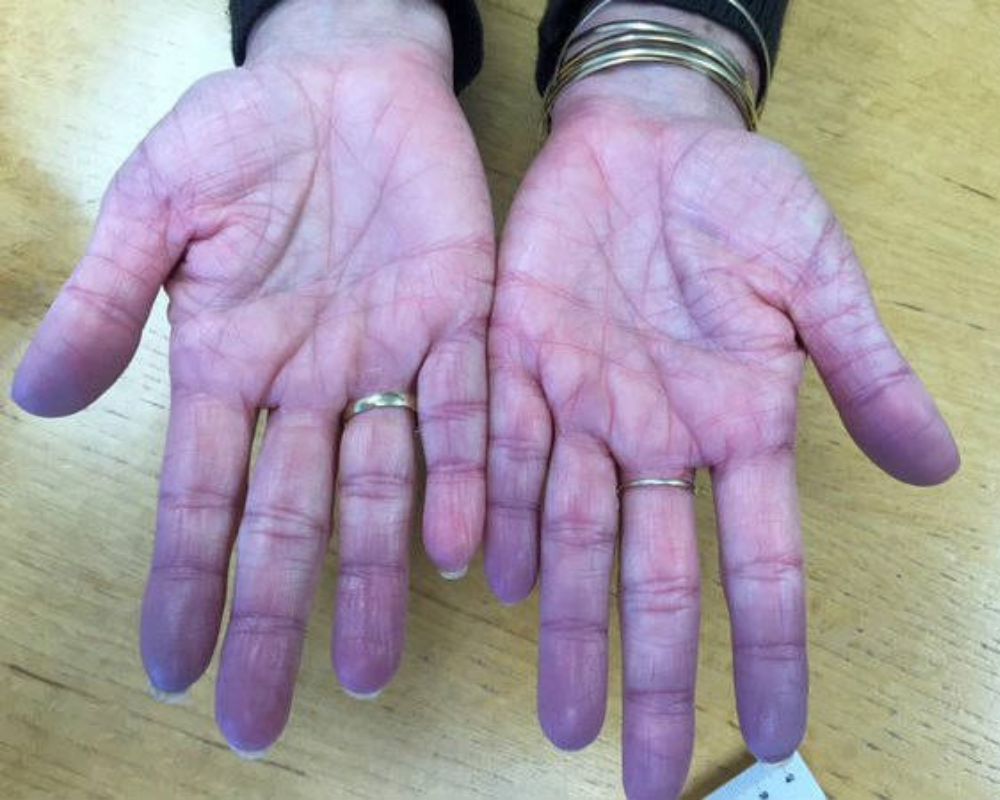
Known as Methemoglobinemia, the disorder can prevent oxygen from moving from the lungs to the rest of the body. One family from rural Kentucky carried a gene which caused the disorder and earned them the nickname, “blue people”. In 1975, a descendent of the Appalachian family was born blue but later lost the strange skin color.